Advancements in Insulin Pumps: A Comprehensive Exploration of Insulin Pump Systems, Technologies, and Future Directions
Abstract
:1. Introduction
2. Insulin Pump
2.1. Evolution of Insulin Pump
2.2. Candidates for Insulin Pump Therapy
2.3. Insulin Pump Classification
2.3.1. Delivery Mechanism
Conventional Pump
Patch Pump
Implantable Pump
2.3.2. Continuous Glucose Monitoring Integration
Sensor-Augmented Pump (SAP)
Automated Insulin Delivery (AID)
Hybrid Closed-Loop (HCL)
Advanced Hybrid Closed-Loop (AHCL)
Fully Closed-Loop
3. Comparative Study of Insulin Pump
3.1. Criteria to Meet
3.1.1. Energy Efficiency and Varied Requirements
3.1.2. Innovative Technological Solutions
3.1.3. Addressing Practical Challenges
3.2. Specification Comparison
3.2.1. Manufacturer and Releasing Year
3.2.2. FDA Approval and Origin
3.2.3. Pumping Mechanism
3.2.4. Technological Advancement
3.2.5. Pumping Power
3.2.6. Back Pressure
3.2.7. Size and Weight
3.2.8. Basal, Bolus, and Reservoir Size
3.2.9. Age and Type of Diabetics
3.2.10. CGM, Types of Insulin, and Insertion Device
3.2.11. Patchable, Disposable, and Connection
3.2.12. Price and Wearing Time
4. Challenges and Future Directions
5. Conclusions
Author Contributions
Funding
Conflicts of Interest
References
- Whiting, D.R.; Guariguata, L.; Weil, C.; Shaw, J. IDF Diabetes Atlas: Global estimates of the prevalence of diabetes for 2011 and 2030. Diabetes Res. Clin. Pract. 2011, 94, 311–321. [Google Scholar] [CrossRef] [PubMed]
- Shah, R.B.; Patel, M.; Maahs, D.M.; Shah, V.N. Insulin delivery methods: Past, present and future. Int. J. Pharm. Investig. 2016, 6, 1–9. [Google Scholar] [CrossRef] [PubMed]
- U.K. Prospective Diabetes Study Group. UK Prospective Diabetes Study 16: Overview of 6 years’ therapy of type II diabetes: A progressive disease. Diabetes 1995, 44, 1249–1258. [Google Scholar] [CrossRef]
- Shah, V.N.; Moser, E.G.; Blau, A.; Dhingra, M.; Garg, S.K. The future of basal insulin. Diabetes Technol. Ther. 2013, 15, 727–732. [Google Scholar] [CrossRef] [PubMed]
- Diabetes Control and Complications Trial Research Group. The effect of intensive treatment of diabetes on the development and progression of long-term complications in insulin-dependent diabetes mellitus. N. Engl. J. Med. 1993, 329, 977–986. [Google Scholar] [CrossRef] [PubMed]
- The DCCT Research Group. Epidemiology of severe hypoglycemia in the diabetes control and complications trial. Am. J. Med. 1991, 90, 450–459. [Google Scholar] [CrossRef]
- Seaquist, E.R.; Anderson, J.; Childs, B.; Cryer, P.; Dagogo-Jack, S.; Fish, L.; Heller, S.R.; Rodriguez, H.; Rosenzweig, J.; Vigersky, R. Hypoglycemia and diabetes: A report of a workgroup of the American Diabetes Association and the Endocrine Society. J. Clin. Endocrinol. Metab. 2013, 98, 1845–1859. [Google Scholar] [CrossRef] [PubMed]
- Ware, J.; Hovorka, R. Closed-loop insulin delivery: Update on the state of the field and emerging technologies. Expert. Rev. Med. Devices 2022, 19, 859–875. [Google Scholar] [CrossRef] [PubMed]
- Daneman, D. Type 1 diabetes. Lancet 2005, 367, 847–858. [Google Scholar] [CrossRef]
- Boughton, C.K.; Hovorka, R. New closed-loop insulin systems. Diabetologia 2021, 64, 1007–1015. [Google Scholar] [CrossRef]
- Bode, B.W. Insulin pump use in type 2 diabetes. Diabetes Technol. Ther. 2010, 12, S17. [Google Scholar] [CrossRef]
- Reznik, Y.; Cohen, O. Insulin pump for type 2 diabetes: Use and misuse of continuous subcutaneous insulin infusion in type 2 diabetes. Diabetes Care 2013, 36 (Suppl S2), S219. [Google Scholar] [CrossRef]
- Alsaleh, F.M.; Smith, F.J.; Taylor, K.M. Experiences of children/young people and their parents, using insulin pump therapy for the management of type 1 diabetes: Qualitative review. J. Clin. Pharm. Ther. 2011, 37, 140–147. [Google Scholar] [CrossRef] [PubMed]
- Guzmán-Gómez, G.E.; Feriz-Bonelo, K.M.; Blanco-Pico, V.M.; Guerra, M.A.; Arias-Valderrama, O.; Marin-Betancourth, V.; García-Trujillo, A.O. Safety and glycemic outcomes during the MiniMedTM advanced hybrid closed-loop system pivotal trial in adolescents and adults with type 1 diabetes. Diabetes Technol. Ther. 2022, 24, 178–189. [Google Scholar]
- McVean, J.; Miller, J. MiniMedTM780G Insulin Pump System with smartphone connectivity for the treatment of type 1 diabetes: Overview of its safety and efficacy. Expert. Rev. Med. Devices 2021, 18, 499–504. [Google Scholar] [CrossRef]
- Bergenstal, R.M.; Nimri, R.; Beck, R.W.; Criego, A.; Laffel, L.; Schatz, D.; Battelino, T.; Danne, T.; Weinzimer, S.A.; Sibayan, J.; et al. A comparison of two hybrid closed-loop systems in adolescents and young adults with type 1 diabetes (FLAIR): A multicentre, randomised, crossover trial. Lancet 2021, 397, 208–219. [Google Scholar] [CrossRef] [PubMed]
- Forlenza, G.P.; Ekhlaspour, L.; Breton, M.; Maahs, D.M.; Wadwa, R.P.; DeBoer, M.; Messer, L.H.; Town, M.; Pinnata, J.; Kruse, G.; et al. Successful at-home use of the tandem control-IQ artificial pancreas system in young children during a randomized controlled trial. Diabetes Technol. Ther. 2019, 21, 159–169. [Google Scholar] [CrossRef] [PubMed]
- Ng, S.M.; Wright, N.P.; Yardley, D.; Campbell, F.; Randell, T.; Trevelyan, N.; Ghatak, A.; Hindmarsh, P.C. Real world use of hybrid-closed loop in children and young people with type 1 diabetes mellitus—A National Health Service pilot initiative in England. Diabet. Med. 2023, 40, e15015. [Google Scholar] [CrossRef] [PubMed]
- Nathan, D.M.; Bayless, M.; Cleary, P.; Genuth, S.; Gubitosi-Klug, R.; Lachin, J.M.; Lorenzi, G.; Zinman, B. Diabetes control and complications trial/epidemiology of diabetes interventions and complications study at 30 years: Advances and contributions. Diabetes 2013, 62, 3976–3986. [Google Scholar] [CrossRef] [PubMed]
- Wilmot, E.G.; Danne, T. DIY artificial pancreas systems: The clinician perspective. Lancet Diabetes Endocrinol. 2020, 8, 183–185. [Google Scholar] [CrossRef]
- Al-Tabakha, M.; Arida, A. Recent challenges in insulin delivery systems: A review. Indian. J. Pharm. Sci. 2008, 70, 278–286. [Google Scholar] [CrossRef] [PubMed]
- Selam, J.-L. Evolution of Diabetes Insulin Delivery Devices. J. Diabetes Sci. Technol. 2010, 4, 505–513. [Google Scholar] [CrossRef]
- Hovorka, R. Closed-loop insulin delivery: From bench to clinical practice. Nat. Rev. Endocrinol. 2011, 7, 385–395. [Google Scholar] [CrossRef] [PubMed]
- Easa, N.; Alany, R.G.; Carew, M.; Vangala, A. A review of non-invasive insulin delivery systems for diabetes therapy in clinical trials over the past decade. Drug Discov. Today 2018, 24, 440–451. [Google Scholar] [CrossRef] [PubMed]
- Sora, N.D.; Shashpal, F.; Bond, E.A.; Jenkins, A.J. Insulin Pumps: Review of Technological Advancement in Diabetes Management. Am. J. Med. Sci. 2018, 358, 326–331. [Google Scholar] [CrossRef]
- Berget, C.; Messer, L.H.; Forlenza, G.P. A Clinical Overview of Insulin Pump Therapy for the Management of Diabetes: Past, Present, and Future of Intensive Therapy. Diabetes Spectr. 2019, 32, 194–204. [Google Scholar] [CrossRef]
- Aiello, E.M.; Deshpande, S.; Özaslan, B.; Wolkowicz, K.L.; Dassau, E.; Pinsker, J.E.; Doyle, F.J. Review of automated insulin delivery systems for individuals with type 1 diabetes: Tailored solutions for subpopulations. Curr. Opin. Biomed. Eng. 2021, 19, 100312. [Google Scholar] [CrossRef]
- Sabbagh, F.; Muhamad, I.I.; Niazmand, R.; Dikshit, P.K.; Kim, B.S. Recent progress in polymeric non-invasive insulin delivery. Int. J. Biol. Macromol. 2022, 203, 222–243. [Google Scholar] [CrossRef]
- Nallicheri, A.; Mahoney, K.M.; A Gutow, H.; Bellini, N.; Isaacs, D.; Concerns, S.F.C.; Clinic, C.C. Review of automated insulin delivery systems for type 1 diabetes and associated time in range outcomes. Endocrinology 2022, 18, 27–34. [Google Scholar] [CrossRef]
- Sugumar, V.; Ang, K.P.; Alshanon, A.F.; Sethi, G.; Yong, P.V.C.; Looi, C.Y.; Wong, W.F. A comprehensive review of the evolution of insulin development and its delivery method. Pharmaceutics 2022, 14, 1406. [Google Scholar] [CrossRef]
- Bassi, M.; Franzone, D.; Dufour, F.; Strati, M.F.; Scalas, M.; Tantari, G.; Aloi, C.; Salina, A.; D’annunzio, G.; Maghnie, M.; et al. Automated insulin deliVERY (AID) systems: Use and efficacy in children and adults with type 1 diabetes and other forms of diabetes in Europe in early 2023. Life 2023, 13, 783. [Google Scholar] [CrossRef] [PubMed]
- Galindo, R.J.; Aleppo, G. Continuous glucose monitoring: The achievement of 100 years of innovation in diabetes technology. Diabetes Res. Clin. Pract. 2020, 170, 108502. [Google Scholar] [CrossRef] [PubMed]
- Rodbard, D. Continuous Glucose Monitoring: A Review of Recent Studies Demonstrating Improved Glycemic Outcomes. Diabetes Technol. Ther. 2017, 19, S25–S37. [Google Scholar] [CrossRef] [PubMed]
- Valla, V. Continuous subcutaneous insulin infusion (CSII) pumps. Adv. Exp. Med. Biol. 2012, 771, 414–419. [Google Scholar] [CrossRef] [PubMed]
- Isabelle, S.; Jan, C.; Björn, E.; Araz, R.; Katarina, E.-O.; Ann-Marie, S.; Björn, Z.; Tarik, A.; Mona, L.-O.; Johan, J.; et al. Insulin pump therapy, multiple daily injections, and cardiovascular mortality in 18 168 people with type 1 diabetes: Observational study. BMJ 2015, 350. [Google Scholar] [CrossRef]
- Kesavadev, J.; Das, A.K.; Unnikrishnan, R.; Joshi, S.R.; Ramachandran, A.; Shamsudeen, J.; Krishnan, G.; Jothydev, S.; Mohan, V. Use of insulin pumps in India: Suggested guidelines based on experience and cultural differences. Diabetes Technol. Ther. 2010, 12, 823–831. [Google Scholar] [CrossRef] [PubMed]
- Grunberger, G.; Abelseth, J.M.; Bailey, T.S.; Bode, B.W.; Handelsman, Y.; Hellman, R.; Jovanovič, L.; Lane, W.S.; Raskin, P.; Tamborlane, W.V.; et al. Consensus Statement by the American Association of Clinical Endocrinologists/American College of Endocrinology Insulin Pump Management Task Force. Endocr. Pract. 2014, 20, 463–489. [Google Scholar] [CrossRef]
- Weissberg-Benchell, J.; Antisdel-Lomaglio, J.; Seshadri, R. Insulin Pump Therapy: A meta-analysis. Diabetes Care 2003, 26, 68–70. [Google Scholar] [CrossRef]
- Pollard, D.J.; Brennan, A.; Dixon, S.; Waugh, N.; Elliott, J.; Heller, S.; Lee, E.; Campbell, M.; Basarir, H.; White, D. Cost-effectiveness of insulin pumps compared with multiple daily injections both provided with structured education for adults with type 1 diabetes: A health economic analysis of the Relative Effectiveness of Pumps over Structured Education (REPOSE) randomised controlled trial. BMJ Open 2018, 8, e016766. [Google Scholar] [CrossRef]
- Rex, J.; Jensen, K.H.; Lawton, S.A. A Review of 20??Years??? Experience with the Novopen? Family of Insulin Injection Devices. Clin. Drug Investig. 2006, 26, 367–401. [Google Scholar] [CrossRef]
- Weaver, K.W.; Hirsch, I.B. The Hybrid Closed-Loop System: Evolution and Practical Applications. Diabetes Technol. Ther. 2018, 20, S216–S223. [Google Scholar] [CrossRef] [PubMed]
- Insulin Pump Types. Available online: https://www.diabetes.co.uk/insulin-pumps/insulin-pump-types.html (accessed on 20 November 2023).
- Insulin Pump Comparisons and Reviews by Diabetes Educator. Available online: https://integrateddiabetes.com/updated-insulin-pump-comparisons-and-reviews/ (accessed on 20 November 2023).
- Heinemann, L.; Fleming, G.A.; Petrie, J.R.; Holl, R.W.; Bergenstal, R.M.; Peters, A.L. Insulin pump risks and benefits: A clinical appraisal of pump safety standards, adverse event reporting, and research needs: A joint statement of the european association for the study of diabetes and the American diabetes association diabetes technology working group. Diabetes Care 2015, 38, 716–722. [Google Scholar] [CrossRef] [PubMed]
- Zalme, E.; Knowles, H.C. A Plea for Plasma Sugar. Diabetes 1965, 14, 165–166. [Google Scholar] [CrossRef] [PubMed]
- Cobelli, C.; Renard, E.; Kovatchev, B. Artificial pancreas: Past, present, future. Diabetes 2011, 60, 2672–2682. [Google Scholar] [CrossRef] [PubMed]
- Alsaleh, F.M.; Smith, F.J.; Keady, S.; Taylor, K.M.G. Insulin pumps: From inception to the present and toward the future. J. Clin. Pharm. Ther. 2010, 35, 127–138. [Google Scholar] [CrossRef] [PubMed]
- History|SOOIL Mall. Available online: https://www.sooil.com/eng/about/history.php (accessed on 20 November 2023).
- Penfornis, A.; Personeni, E.; Borot, S. Evolution of devices in diabetes management. Diabetes Technol. Ther. 2011, 13 (Suppl. S1), S93–S102. [Google Scholar] [CrossRef] [PubMed]
- Duckworth, W.C.; Saudek, C.D.; Henry, R.R. Why intraperitoneal delivery of insulin with implantable pumps in NIDDM? Diabetes 1992, 41, 657–661. [Google Scholar] [CrossRef] [PubMed]
- Skyler, J.S.; Ponder, S.; Kruger, D.F.; Matheson, D.; Parkin, C.G. Is There a Place for Insulin Pump Therapy in Your Practice? Clin. Diabetes 2007, 25, 50–56. [Google Scholar] [CrossRef]
- Almurashi, A.M.; Rodriguez, E.; Garg, S.K. Emerging Diabetes Technologies: Continuous Glucose Monitors/Artificial Pancreases. J. Indian. Inst. Sci. 2023, 103, 205–230. [Google Scholar] [CrossRef]
- Innovation Milestones|Medtronic Diabetes. Available online: https://www.medtronicdiabetes.com/about-medtronic-innovation/milestone-timeline (accessed on 20 November 2023).
- Kesavadev, J.; Krishnan, G.; Benny, N. Insulin Delivery: An Evolution in the Technology. In The Diabetes Textbook; Springer: New York, NY, USA, 2023; pp. 1141–1158. [Google Scholar] [CrossRef]
- The Different Types Of Insulin Pumps Available In 2023. Available online: https://www.dreambigtravelfarblog.com/blog/types-of-insulin-pumps (accessed on 20 November 2023).
- Complications of Insulin Infusion Pump Therapy—PubMed. Available online: https://pubmed.ncbi.nlm.nih.gov/3989940/ (accessed on 2 January 2023).
- Cogen, F.R.; Streisand, R.; Sarin, S. Selecting Children and Adolescents for Insulin Pump Therapy: Medical and Behavioral Considerations. Diabetes Spectr. 2002, 15, 72–75. [Google Scholar] [CrossRef]
- Mazzotta, F.A.; Paoli, L.L.; Rizzi, A.; Tartaglione, L.; Leo, M.L.; Cristallo, F.; Popolla, V.; DI Leo, M.; Pontecorvi, A.; Pitocco, D. The development and evolution of insulin pumps: From early beginnings to future prospects. Minerva Endocrinol. 2024, 49, 85–99. [Google Scholar] [CrossRef] [PubMed]
- Bekiari, E.; Kitsios, K.; Thabit, H.; Tauschmann, M.; Athanasiadou, E.; Karagiannis, T.; Haidich, A.B.; Hovorka, R.; Tsapas, A. Artificial pancreas treatment for outpatients with type 1 diabetes: Systematic review and meta-analysis. BMJ 2018, 361, k1310. [Google Scholar] [CrossRef]
- Waugh, N.; Adler, A.; Craigie, I.; Omer, T. Closed loop systems in type 1 diabetes. BMJ 2018, 361, k1613. [Google Scholar] [CrossRef] [PubMed]
- Deiss, D.; Adolfsson, P.; Zomeren, M.A.-V.; Bolli, G.B.; Charpentier, G.; Cobelli, C.; Danne, T.; Girelli, A.; Mueller, H.; Verderese, C.A.; et al. Insulin Infusion Set Use: European Perspectives and Recommendations. Diabetes Technol. Ther. 2016, 18, 517–524. [Google Scholar] [CrossRef] [PubMed]
- Heinemann, L.; Waldenmaier, D.; Kulzer, B.; Ziegler, R.; Ginsberg, B.; Freckmann, G. Patch Pumps: Are They All the Same? J. Diabetes Sci. Technol. 2018, 13, 34–40. [Google Scholar] [CrossRef] [PubMed]
- Kulzer, B.; Freckmann, G.; Heinemann, L.; Schnell, O.; Hinzmann, R.; Ziegler, R. Patch Pumps: What are the advantages for people with diabetes? Diabetes Res. Clin. Pract. 2022, 187, 109858. [Google Scholar] [CrossRef] [PubMed]
- Kesavadev, J.; Saboo, B.; Krishna, M.B.; Krishnan, G. Evolution of Insulin Delivery Devices: From Syringes, Pens, and Pumps to DIY Artificial Pancreas. Diabetes Ther. 2020, 11, 1251. [Google Scholar] [CrossRef] [PubMed]
- Sherr, J.L.; Buckingham, B.A.; Forlenza, G.P.; Galderisi, A.; Ekhlaspour, L.; Wadwa, R.P.; Carria, L.; Hsu, L.; Berget, C.; Peyser, T.A.; et al. Safety and Performance of the Omnipod Hybrid Closed-Loop System in Adults, Adolescents, and Children with Type 1 Diabetes over 5 Days under Free-Living Conditions. Diabetes Technol. Ther. 2020, 22, 174–184. [Google Scholar] [CrossRef] [PubMed]
- Ginsberg, B.H. Patch Pumps for Insulin. J. Diabetes Sci. Technol. 2019, 13, 27–33. [Google Scholar] [CrossRef]
- Insulet’s Second Generation OmniPod Patch Pump Approved by FDA. Available online: https://diatribe.org/insulet%E2%80%99s-second-generation-omnipod-patch-pump-approved-fda (accessed on 21 November 2023).
- Schaepelynck, P.; Riveline, J.P.; Renard, E.; Hanaire, H.; Guerci, B.; Baillot-Rudoni, S.; Sola-Gazagnes, A.; Catargi, B.; Fontaine, P.; Millot, L.; et al. Assessment of a new insulin preparation for implanted pumps used in the treatment of type 1 diabetes. Diabetes Technol Ther 2014, 16, 582–589. [Google Scholar] [CrossRef]
- Christo, P.J.; Bottros, M.M. Current perspectives on intrathecal drug delivery. J. Pain. Res. 2014, 7, 615–626. [Google Scholar] [CrossRef]
- Garg, S.K.; Voelmle, M.K.; Beatson, C.R.; Miller, H.A.; Crew, L.B.; Freson, B.J.; Hazenfield, R.M. Use of continuous glucose monitoring in subjects with type 1 Diabetes on multiple daily injections versus continuous subcutaneous insulin infusion therapy: A prospective 6-month study. Diabetes Care 2011, 34, 574–579. [Google Scholar] [CrossRef]
- Steineck, I.; Ranjan, A.; Nørgaard, K.; Schmidt, S. Sensor-Augmented Insulin Pumps and Hypoglycemia Prevention in Type 1 Diabetes. J. Diabetes Sci. Technol. 2017, 11, 50–58. [Google Scholar] [CrossRef]
- Zahid, M.; Dowlatshahi, S.; Kansara, A.H.; Sadhu, A.R. The Evolution of Diabetes Technology—Options Toward Personalized Care. Endocr. Pract. 2023, 29, 653–662. [Google Scholar] [CrossRef]
- Cinar, A. Automated Insulin Delivery Algorithms. Diabetes Spectr. 2019, 32, 209–214. [Google Scholar] [CrossRef]
- Thomas, A.; Heinemann, L. Algorithms for Automated Insulin Delivery: An Overview. J. Diabetes Sci. Technol. 2022, 16, 1228–1238. [Google Scholar] [CrossRef]
- Dermawan, D.; Purbayanto, M.A.K. An overview of advancements in closed-loop artificial pancreas system. Heliyon 2022, 8, e11648. [Google Scholar] [CrossRef]
- American Diabetes Association Diabetes Technology: Standards of Medical Care in Diabetes-2020. Diabetes Care 2020, 43, S77–S88. [CrossRef]
- Leelarathna, L.; Choudhary, P.; Wilmot, E.G.; Lumb, A.; Street, T.; Kar, P.; Ng, S.M. Hybrid closed-loop therapy: Where are we in 2021? Diabetes Obes. Metab. 2021, 23, 655–660. [Google Scholar] [CrossRef]
- Avogaro, A. Hypoglycemia and cardiovascular risk. G Italy Cardiol. 2014, 15 (Suppl. S2), 4S–12S. [Google Scholar] [CrossRef]
- Templer, S. Closed-Loop Insulin Delivery Systems: Past, Present, and Future Directions. Front. Endocrinol. 2022, 13, 919942. [Google Scholar] [CrossRef]
- Hawlas, H.; Lewenstein, K. The design of an insulin pump—Preliminary requirements (a technical note). Pol. J. Med. Phys. Eng. 2009, 15, 25–32. [Google Scholar] [CrossRef]
- Yan, B.; An, D.; Wang, X.; DeLong, B.J.; Kiourti, A.; Dungan, K.; Volakis, J.L.; Ma, M.; Guo, L. Battery-free implantable insulin micropump operating at transcutaneously radio frequency-transmittable power. Med. Devices Sens. 2019, 2, e10055. [Google Scholar] [CrossRef]
- Diabetes Management Technology Update. Available online: https://www.umassmed.edu/es/dcoe/news/diabetes-technology-update/ (accessed on 10 April 2024).
- Saboo, B.; Talaviya, P. Continuous subcutaneous insulin infusion: Practical issues. Indian. J. Endocrinol. Metab. 2012, 16, S259. [Google Scholar] [CrossRef]
- Mecklenburg, R.S.; Benson, E.A.; Benson, J.W.; Fredlund, P.N.; Guinn, T.; Metz, R.J.; Nielsen, R.L.; Sannar, C.A. Acute Complications Associated With Insulin Infusion Pump Therapy. JAMA 1984, 252, 3265–3269. [Google Scholar] [CrossRef]
- Discontinuation of the Omnipod® Insulin Management System|Omnipod. Available online: https://www.omnipod.com/discontinuation (accessed on 15 April 2024).
- Animas Corporation to Close Operations and Exit Insulin Pump Market. Available online: https://www.jnj.com/media-center/press-releases/animas-corporation-to-close-operations-and-exit-insulin-pump-market (accessed on 15 April 2024).
- Insulet Fully Launches Omnipod 5 in Germany. Available online: https://www.drugdeliverybusiness.com/insulet-fully-launches-omnipod-5-germany/ (accessed on 15 May 2024).
- Omnipod DASH System Now Available in the U.S. Available online: https://beyondtype1.org/omnipod-dash-available-us/ (accessed on 15 May 2024).
- Medtronic to Acquire Wearable Insulin Patch Maker EOFlow—25 May 2023. Available online: https://news.medtronic.com/2023-05-25-Medtronic-to-acquire-wearable-insulin-patch-maker-EOFlow (accessed on 15 May 2024).
- A Guide to Insulin Pumps and New Diabetes Technology|DiabetesMine. Available online: https://www.healthline.com/diabetesmine/an-insulin-pump-guide-diabetesmine#type-2-pumps (accessed on 15 May 2024).
- MannKind Corporation Announces Agreement to Acquire V-Go® Insulin Delivery Device From Zealand Pharma|MannKind Corporation. Available online: https://investors.mannkindcorp.com/news-releases/news-release-details/mannkind-corporation-announces-agreement-acquire-v-gor-insulin (accessed on 15 May 2024).
- Cellnovo Pump Launch Innovative New Insulin Pump in the UK. Available online: https://www.diabetes.co.uk/news/2014/feb/cellnovo-pump-launch-innovative-new-insulin-pump-in-the-uk-98183034.html (accessed on 15 April 2024).
- Solo MicroPump Insulin Delivery System—Diabetesnet.com. Available online: https://www.diabetesnet.com/diabetes-technology/insulin-pumps/future-pumps/solo-micropump/ (accessed on 15 May 2024).
- Payne, F.; Das, C.; Wang, G. SFC Fluidic’s Microfluidic ePump® Technology: Ideal for Point-of-Care Diagnostics. Available online: www.sfc-fluidics.com (accessed on 15 May 2024).
- PharmaSens Successfully Submits FDA Approval Application for Groundbreaking Insulin Pump System. FDA Application for the ‘Niia Essential’ Marks a Major Milestone in Advancing Insulin Pump Technology with Its Innovative, Patient-Centric Design. Available online: www.pharmasens.com (accessed on 15 May 2024).
- Equil Patch Pump-Business Overview. Available online: https://www1.hkexnews.hk/listedco/listconews/sehk/2021/1019/9977837/sehk21092600086.pdf (accessed on 15 May 2024).
- J&J’s OneTouch Via Mealtime Insulin Delivery Device + First Look at Its Artificial Pancreas Device|DiaTribe. Available online: https://diatribe.org/diabetes-technology/jjs-onetouch-mealtime-insulin-delivery-device-first-look-its-artificial (accessed on 15 May 2024).
- CeQur’s Insulin Pump Draws $27M Series B|Fierce Biotech. Available online: https://www.fiercebiotech.com/medical-devices/CeQur-s-insulin-pump-draws-27m-series-b (accessed on 15 May 2024).
- Medtrum: Tubeless Artificial Pancreas in the Works. Available online: https://www.healthline.com/diabetesmine/medtrum-tubeless-artificial-pancreas?fbclid=IwAR2SwKLq7IpwTOvMFv0NLcG1pkszysnq0Ka9VPlpsU44-cCVezXdKxc-9jA#Medtrum-Report-by-Tim-Street (accessed on 15 May 2024).
- The TouchCare Nano System, a Sneak Preview from Medtrum.—Desang Diabetes Services. Available online: https://desang.net/2021/07/the-touchcare-nano-system-a-sneak-preview-from-medtrum/ (accessed on 15 May 2024).
- Terumo Insulin Pump—Desang Diabetes Services. Available online: https://desang.net/2021/02/terumo-insulin-pump/ (accessed on 15 May 2024).
- Unilife Introduces Instant Patch Pump for Insulin. Available online: https://manufacturingchemist.com/unilife-introduces-instant-patch-pump-for-insulin-110737 (accessed on 15 May 2024).
- Tandem Completes Acquisition of Insulin Pump Maker AMF Medical. Available online: https://www.drugdeliverybusiness.com/tandem-diabetes-care-completes-acquisition-of-insulin-pump-maker-amf-medical/ (accessed on 15 May 2024).
- Dibkit—IA Collaborative. Available online: https://iacollaborative.com/work/dibkit/ (accessed on 15 May 2024).
- Modular Medical Submits Next-Gen Insulin Pump for FDA Clearance. Available online: https://www.drugdeliverybusiness.com/modular-medical-submits-next-gen-insulin-pump-fda/ (accessed on 15 May 2024).
- Subcuject—Platform for Subcutaneous Wearable Bolus Injection (WBI). Available online: https://subcuject.com/ (accessed on 15 May 2024).
- ViCentra offers Kaleido Insulin Pump in the Netherlands. Available online: https://www.drugdeliverybusiness.com/vicentra-kaleido-insulin-pump-netherlands/ (accessed on 15 May 2024).
- Roche Diagnostics Announces Launch of ACCU-CHEK® Spirit Insulin Pump System. Available online: https://www.diabetesincontrol.com/roche-diagnostics-announces-launch-of-accu-chek-spirit-insulin-pump-system/ (accessed on 15 May 2024).
- Tandem Diabetes Care Announces FDA Approval of t:Slim X2 Insulin Pump with Basal-IQ Technology|Tandem Diabetes Care. Available online: https://investor.tandemdiabetes.com/news-releases/news-release-details/tandem-diabetes-care-announces-fda-approval-tslim-x2-insulin (accessed on 15 May 2024).
- Control-IQ Technology|Tandem Diabetes Care. Available online: https://www.tandemdiabetes.com/landing-pages/t-slim-x2?utm_source=google&utm_medium=cpc&utm_campaign=NPD-GGL-BR-Brand&utm_term=control%20iq&gad_source=1&gclid=Cj0KCQiAsburBhCIARIsAExmsu5Q1BdOZVajJKn8NjbPf_t6XjA2tvgceNrRUwxCLQqJlobjTgzCUH0aAjz_EALw_wcB (accessed on 15 May 2024).
- Tandem Mobi, World’s Smallest Durable Insulin Delivery System, Receives FDA Clearance|Tandem Diabetes Care. Available online: https://investor.tandemdiabetes.com/news-releases/news-release-details/tandem-mobi-worlds-smallest-durable-insulin-delivery-system (accessed on 15 May 2024).
- Press Releases|Medtronic. Available online: https://news.medtronic.com/2010-03-17-Medtronic-Receives-FDA-Approval-for-Industrys-Most-Advanced-Integrated-System-for-Diabetes-Management (accessed on 15 May 2024).
- Press Releases|Medtronic. Available online: https://news.medtronic.com/2016-08-11-Medtronic-Announces-U-S-Launch-of-the-MiniMed-R-630G-System-with-New-User-Friendly-Insulin-Pump-Design-and-SmartGuard-TM-Technology (accessed on 15 May 2024).
- Press Releases|Medtronic. Available online: https://news.medtronic.com/2017-06-07-Medtronic-Initiates-U-S-Launch-of-Worlds-First-Hybrid-Closed-Loop-System-for-Type-1-Diabetes (accessed on 15 May 2024).
- Medtronic Announces FDA Approval for MiniMed 770G System|Medtronic. Available online: https://www.medtronicdiabetes.com/loop-blog/medtronic-announces-fda-approval-for-MiniMed-770g-insulin-pump-system (accessed on 15 May 2024).
- FDA Approves Medtronic MiniMedTM 780G System—World’s First Insulin Pump with Meal Detection Technology* Featuring 5-Minute Auto Corrections†§—21 April 2023. Available online: https://news.medtronic.com/2023-04-21-FDA-Approves-Medtronic-MiniMed-TM-780G-System-Worlds-First-Insulin-Pump-with-Meal-Detection-Technology-Featuring-5-Minute-Auto-Corrections (accessed on 15 May 2024).
- Beta Bionics Announces the Nationwide Launch of the iLet Bionic Pancreas with Dexcom G7 CGM System—Beta Bionics. Available online: https://www.betabionics.com/ilet-bionic-pancreas-dexcom-g7-cgm/ (accessed on 16 May 2024).
- OneTouch PING® Glucose Management System|Johnson & Johnson Our Story. Available online: https://ourstory.jnj.com/onetouch-ping-glucose-management-system (accessed on 16 May 2024).
- Animas® VibeTM, the First Integrated Offering from Animas Corporation and DexCom, Receives European CE Mark Approval |BioSpace. Available online: https://www.biospace.com/article/releases/animas-vibe-the-first-integrated-offering-from-animas-corporation-and-dexcom-receives-european-ce-mark-approval-/ (accessed on 16 May 2024).
- Animas Corporation Launches The IR 1250 Insulin Infusion Pump, The First Insulin Pump To Store An Extensive Food Da-tabase. Available online: https://www.meddeviceonline.com/doc/animas-corporation-launches-the-ir-1250-insul-0001 (accessed on 16 May 2024).
- Dana Diabecare II. Available online: https://www.diabetesnet.com/diabetes-technology/insulin-pumps/current-pumps/dana-diabecare-ii/ (accessed on 16 May 2024).
- Nipro Diabetes Systems. Available online: https://www.diabetesnet.com/diabetes-technology/insulin-pumps/older-pumps/nipro-diabetes-systems/ (accessed on 16 May 2024).
- Photo: Introduction of the Amigo Insulin Pump Offers a Lifestyle Where ‘Life Has No Limits’|Fierce Healthcare. Available online: https://www.fiercehealthcare.com/healthcare/photo-introduction-amigo-insulin-pump-offers-a-lifestyle-where-life-has-no-limits (accessed on 16 May 2024).
- Deltec Cozmo. Available online: https://www.diabetesnet.com/diabetes-technology/insulin-pumps/older-pumps/deltec-cozmo/ (accessed on 16 May 2024).
- Insight into the Manufacture of the Mylife YpsoPump—Mylife Diabetescare—International. Available online: https://www.mylife-diabetescare.com/en/community/mylife-stories/mylife-stories-detail/insight-into-the-manufacture-of-the-mylife-ypsopump.html (accessed on 16 May 2024).
- Wuxi Apex Medical Co., Ltd. Available online: http://en.apexdiabetes.com/ (accessed on 16 May 2024).
- Waterproof Insulin Pump—YST-IVC—Shanghai Umitai Medical Technology Co., Ltd. Available online: https://www.medicalexpo.com/prod/shanghai-umitai-medical-technology-co-ltd/product-126973-1072929.html (accessed on 16 May 2024).
- INSUL by AgVa (Insulin Pump)—AgVa Healthcare. Available online: https://insul.agvahealthcare.in/product/insul-by-agva-insulin-pump/ (accessed on 16 May 2024).
- FDA Roundup: 1 August 2023. Available online: https://www.prnewswire.com/news-releases/fda-roundup-august-1-2023-301890975.html (accessed on 16 May 2024).
- FDA Clears Twiist Automated Insulin Delivery System|DiaTribe. Available online: https://diatribe.org/diabetes-technology/fda-clears-twiist-automated-insulin-delivery-system (accessed on 16 May 2024).
- Now Available: Omnipod 5|Omnipod. Available online: https://www.omnipod.com/simplify/omnipod-5?utm_source=google&utm_medium=paid&utm_campaign=bramo-aw&utm_content=brnd-5&ctoken=7012J000001gYaOQAU&utm_id=15993503717&ad_group_id=133364161395&gad_source=1 (accessed on 15 May 2024).
- Insulet Expands Its Offering of Omnipod DASH® Insulin Management System|Business Wire. Available online: https://www.businesswire.com/news/home/20200921005031/en/Insulet-Expands-its-Offering-of-Omnipod-DASH%C2%AE-Insulin-Management-System (accessed on 16 May 2024).
- NEWS |EOFLOW. Available online: http://www.eoflow.com/eng/news/news_010100.html?bmain=view&uid=104&ckattempt=2 (accessed on 16 May 2024).
- Meade, L.T.; Battise, D. Evaluation of Clinical Outcomes With the V-Go Wearable Insulin Delivery Device in Patients With Type 2 Diabetes. Clin. Diabetes 2021, 39, 297–303. [Google Scholar] [CrossRef]
- Insulin Pumps, Pens, and Syringes|DiaTribe. Available online: https://diatribe.org/diabetes-technology/insulin-pumps-pens-and-syringes (accessed on 15 May 2024).
- Cellnovo Receives CE Mark Approval for World’s First Mobile Diabetes Management System|BioSpace. Available online: https://www.biospace.com/article/releases/cellnovo-receives-ce-mark-approval-for-world-s-first-mobile-diabetes-management-system-/ (accessed on 15 May 2024).
- Cellnovo Announces the Commercialisation of Insulin Cartridges Following the Successful Start of Large-Scale Manufacturing at the Flex Facility in Althofen, Austria|Business Wire. Available online: https://www.businesswire.com/news/home/20180613006006/en/Cellnovo-Announces-the-Commercialisation-of-Insulin-Cartridges-Following-the-Successful-Start-of-Large-Scale-Manufacturing-at-the-Flex-Facility-in-Althofen-Austria (accessed on 15 May 2024).
- Accu-Chek Solo Micropump System Received FDA Approval. Available online: https://www.adces.org/danatech/latest-news/danatech-latest-news/2023/11/16/accu-chek-solo-micropump-system-received-fda-approval (accessed on 15 May 2024).
- Accu-Chek Solo Micropump. Available online: https://www.diabetesadvocacy.com/accu-chek-solo-micropump/ (accessed on 15 May 2024).
- CeQur Raises $115M for Wearable Insulin Delivery Device—Drug Delivery Business. Available online: https://www.drugdeliverybusiness.com/CeQur-raises-115m-for-wearable-insulin-delivery-device/ (accessed on 15 May 2024).
- CeQur’s PaQ Insulin Delivery Device Gains Approval in Europe|DiaTribe. Available online: https://diatribe.org/diabetes-technology/CeQurs-paq-insulin-delivery-device-gains-approval-europe (accessed on 15 May 2024).
- Comparison of Automated Insulin Delivery Systems—Diabetesnet.com. Available online: https://www.diabetesnet.com/diabetes-technology/comparison-of-automated-insulin-delivery-systems/ (accessed on 15 May 2024).
- December Update on Closed-Loop Systems. Available online: https://www.diabetotech.com/blog/en%2Fdecember-update-closed-loop (accessed on 15 May 2024).
- Do the UK’s Commercially Available Real-Time Continuous Glucose Monitoring Devices Have Robust Accuracy Data for Paediatrics?|BSPED2022|49th Annual Meeting of the British Society for Paediatric Endocrinology and Diabetes|Endocrine Abstracts. Available online: https://www.endocrine-abstracts.org/ea/0085/ea0085oc9.4 (accessed on 15 May 2024).
- Terumo Receives CE Mark for MEDISAFE WITH|Terumo. Available online: https://www.terumo.com/newsrelease/detail/20201109/566 (accessed on 15 May 2024).
- Modular Medical: Next Generation Insulin Pump Developer (NASDAQ:MODD)|Seeking Alpha. Available online: https://seekingalpha.com/article/4496739-modular-medical-next-generation-insulin-pump-developer (accessed on 15 May 2024).
- Hello Kaleido. Available online: https://hellokaleido.com/ (accessed on 15 May 2024).
- Kaleido Biosciences, Inc.—616026—08/26/2021|FDA. Available online: https://www.fda.gov/inspections-compliance-enforcement-and-criminal-investigations/warning-letters/kaleido-biosciences-inc-616026-08262021 (accessed on 15 May 2024).
- FDA Clears Accu-Chek Combo System—Roche’s New Interactive Insulin Pump System for People with Diabetes. Available online: https://www.prnewswire.com/news-releases/fda-clears-accu-chek-combo-system---roches-new-interactive-insulin-pump-system-for-people-with-diabetes-162931906.html (accessed on 15 May 2024).
- Combo|Accu-Chek. Available online: https://www.rochediabetescaremea.com/en/insulin-delivery-system/combo (accessed on 15 May 2024).
- Tandem’s Basal-IQ Approved in Canada|DiaTribe. Available online: https://diatribe.org/diabetes-technology/tandems-basal-iq-approved-canada (accessed on 15 May 2024).
- Tandem’s Control-IQ Cleared in United States|DiaTribe. Available online: https://diatribe.org/diabetes-technology/tandems-control-iq-cleared-united-states (accessed on 15 May 2024).
- Medtronic Wins CE Mark for MiniMed 780G with Simplera Sync. Available online: https://www.drugdeliverybusiness.com/medtronic-ce-mark-MiniMed-780g-simplera-sync/ (accessed on 15 May 2024).
- Medtronic News—Business & Regional News. Available online: https://news.medtronic.com/Decision-makers-in-Europe-further-expand-patient-access-for-technology-that-simplifies-diabetes-management (accessed on 15 May 2024).
- Life-Changing ‘Bionic Pancreas’ for Type 1 Diabetes Available in the US. Available online: https://www.diabetes.org.uk/about-us/news-and-views/life-changing-bionic-pancreas-type-1-diabetes-available-us (accessed on 16 May 2024).
- Beta Bionics Announces FDA Clearance and Commercialization of the iLet Bionic Pancreas—Beta Bionics. Available online: https://www.betabionics.com/beta-bionics-announces-fda-clearance-and-commercialization-of-the-ilet-bionic-pancreas/ (accessed on 16 May 2024).
- Animas Corporation’s OneTouch(R) Ping(TM) Glucose Management System Cleared by FDA (JOBS)|BioSpace. Available online: https://www.biospace.com/article/releases/animas-corporation-s-onetouch-r-ping-tm-glucose-management-system-cleared-by-fda-a-href-http-careers-biospace-com-jobs-public-viewcompanyprofil/ (accessed on 16 May 2024).
- FDA Approves Animas® Vibe® Insulin Pump and Continuous Glucose Monitoring System For Use in Children. Available online: https://www.jnj.com/media-center/press-releases/fda-approves-animas-vibe-insulin-pump-and-continuous-glucose-monitoring-system-for-use-in-children (accessed on 16 May 2024).
- Food and Drug Administration. IR-1250 510(k) Summary. Available online: https://www.accessdata.fda.gov/cdrh_docs/pdf4/K042873.pdf (accessed on 16 May 2024).
- Food and Drug Administration. Nipro Amigo 510(k) Summary. Available online: https://www.accessdata.fda.gov/cdrh_docs/pdf5/K050312.pdf (accessed on 16 May 2024).
- International Medical Devices Database. Available online: https://medicaldevices.icij.org/devices/usa-general-hospital-and-personal-use-devices-device-recall-deltec-cozmo-insulin-infusion-pump-with-cozmonitor-blood-glucose-meter-models (accessed on 16 May 2024).
- Smiths Medical Insulin pump Receives FDA Approval|Smiths Group. Available online: https://www.smiths.com/news-and-insights/news/2002/smiths-medical-insulin-pump-receives-fda-approval (accessed on 16 May 2024).
- YpsoPump Occlusion Detection Algorithm: Collection of Real-World Data for In-Silico Evaluation of a New Software Algorithm to Refine Occlusion Detection in Subjects with Type 1 Diabetes Using Continuous Subcutaneous Insulin Infusion—Full Text View—ClinicalTrials.gov. Available online: https://classic.clinicaltrials.gov/ct2/show/NCT05096325 (accessed on 16 May 2024).
- Mylife YpsoPump Insulin Pump—Mylife Diabetescare—International. Available online: https://www.mylife-diabetescare.com/en/products/infusion-systems/mylife-ypsopump-insulin-pump.html (accessed on 16 May 2024).
- SFC Fluidics, Inc. Receives FDA Breakthrough Device Designation—SFC Fluidics. Available online: https://www.sfc-fluidics.com/news-1/2020/12/1/sfc-fluidics-inc-receives-fda-breakthrough-device-designation (accessed on 16 May 2024).
- Imperium: World’s First Instant Insulin Patch. Available online: https://www.diabetesincontrol.com/imperium-worlds-first-instant-insulin-patch/ (accessed on 16 May 2024).
- Tandem Diabetes Care to Acquire Insulin Patch Pump Developer, AMF Medical|Tandem Diabetes Care. Available online: https://investor.tandemdiabetes.com/news-releases/news-release-details/tandem-diabetes-care-acquire-insulin-patch-pump-developer-amf (accessed on 16 May 2024).
- Payne, M.; Pooke, F.; Chase, J.G.; Campbell, J.; Holder-Pearson, L.; Knopp, J. The separation of insulin pump hardware and software—A novel and low-cost approach to insulin pump design. IFAC-Pap. Online 2021, 54, 502–507. [Google Scholar] [CrossRef]
- Accu-Chek Solo Micropump. Available online: https://www.adces.org/danatech/insulin-pumps/find-and-compare-insulin-pumps/product-detail/accu-chek-solo-micropump (accessed on 15 April 2024).
- Jiaying, S.; King Ho Holden, L.; Ahjeong, S.; Beelee, C. A self-powered insulin patch pump with a superabsorbent polymer as a biodegradable battery substitute. J. Mater. Chem. B 2020, 8, 4210–4220. [Google Scholar]
- Evarts, E.C. Lithium batteries: To the limits of lithium. Nature 2015, 526, S93–S95. [Google Scholar] [CrossRef]
- Off-The-Grid Charging Options to Power Your Pump in the Wild. Available online: https://www.tandemdiabetes.com/community/blog/post/off-the-grid-charging-options (accessed on 14 April 2024).
- Battery Tips for Keeping Your Insulin Pump Powered Up|Medtronic. Available online: https://www.medtronicdiabetes.com/loop-blog/6-battery-tips-for-keeping-your-insulin-pump-powered-up (accessed on 14 April 2024).
- Animas Vibe—Diabetesnet.com. Available online: https://www.diabetesnet.com/animas-vibe/ (accessed on 14 April 2024).
- Klonoff, D.C.; Freckmann, G.; Heinemann, L. Insulin Pump Occlusions: For Patients Who Have Been Around the (Infusion) Block. J. Diabetes Sci. Technol. 2017, 11, 451–454. [Google Scholar] [CrossRef]
- Heinemann, L. Air Bubbles in Insulin Pumps: A Clinically Relevant Issue? J. Diabetes Sci. Technol. 2022, 16, 1351–1355. [Google Scholar] [CrossRef]
- Important Considerations for Insulin Pump and Portable Medical Designs|Analog Devices. Available online: https://www.analog.com/en/resources/technical-articles/important-considerations-for-insulin-pump-and-portable-medical-designs.html (accessed on 15 April 2024).
- ADA Consumer Guide. Available online: https://consumerguide.diabetes.org/products/omnipod-5 (accessed on 15 April 2024).
- ADA Consumer Guide. Available online: https://consumerguide.diabetes.org/products/omnipod-dash?_pos=1&_sid=0195ca0b9&_ss=r (accessed on 15 April 2024).
- “Product | EoFlow.” [Online]. Available online: http://www.eoflow.com/eng/product/product_intro.html (accessed on 15 May 2024).
- ADA Consumer Guide. Available online: https://consumerguide.diabetes.org/products/v-go?_pos=12&_sid=93d9adb89&_ss=r (accessed on 15 April 2024).
- SFC Fluidics. Available online: https://www.sfc-fluidics.com/82014 (accessed on 15 May 2024).
- Equil insulinepomp|Bosman Diabetes. Available online: https://www.bosman.com/producten/equil?ref=diabetesexperts#product-description (accessed on 15 May 2024).
- What are the Dimensions of the CeQur Simplicity Patch?—CeQur Simplicity. Available online: https://myCeQursimplicity.com/faq/what-are-the-dimensions-of-the-CeQur-simplicity-patch/ (accessed on 15 May 2024).
- Lilly, L.C.; Mader, J.K.; Warner, J. Developing a Simple 3-Day Insulin Delivery Device to Meet the Needs of People With Type 2 Diabetes. J. Diabetes Sci. Technol. 2018, 13, 11–19. [Google Scholar] [CrossRef]
- Medtrum Insulin Management System User Guide. 2023. Available online: www.medtrum.com (accessed on 15 May 2024).
- Medtrum Technologies, “TouchCare® Nano Insulin Patch Pump GENERAL FEATURES. 2021. Available online: www.medtrum.com (accessed on 15 May 2024).
- For Healthcare Professionals MEDISAFE WITH|Product Specifications|Terumo Corporation. Available online: https://medisafewith.terumo.com/jp/en/feature/product.html (accessed on 15 May 2024).
- JewelPUMP|Debiotech. Available online: https://www.debiotech.com/jewelpump/ (accessed on 15 May 2024).
- Subcuject WBI: Low-Cost, Larger Volume, High-Viscosity Wearable Bolus Injector–Using Standard Glass Primary Packag-ing—On Drug Delivery. Available online: https://www.ondrugdelivery.com/subcuject-wbi-low-cost-larger-volume-high-viscosity-wearable-bolus-injector-using-standard-glass-primary-packaging/ (accessed on 15 May 2024).
- ADA Consumer Guide. Available online: https://consumerguide.diabetes.org/products/t-slim-x2-insulin-pump-with-basal-iq-technology (accessed on 15 May 2024).
- ADA Consumer Guide. Available online: https://consumerguide.diabetes.org/products/t-slim-x2-insulin-pump-with-control-iq-technology (accessed on 15 May 2024).
- Tandem Mobi: Should You Upgrade From the t:slim x2?—Gluroo. Available online: https://gluroo.com/blog/life-with-diabetes/tandem-mobi-overview/ (accessed on 15 May 2024).
- Medtronic. Paradigm Revel User Guide 2009. Available online: http://www.medtronicdiabetes.com/patents (accessed on 15 May 2024).
- ADA Consumer Guide. Available online: https://consumerguide.diabetes.org/products/MiniMed-630g-system-1 (accessed on 15 May 2024).
- Medtronic. MiniMedTM 670G System User Guide. Available online: https://www.medtronicdiabetes.com/sites/default/files/library/download-library/user-guides/MiniMed-670G-System-User-Guide.pdf (accessed on 15 May 2024).
- Medtronic. MiniMedTM 770G System User Guide. Available online: https://www.medtronicdiabetes.com/sites/default/files/library/download-library/user-guides/MiniMed_770G_System_User_Guide.pdf (accessed on 15 May 2024).
- Medtronic. MiniMed TM 780G with the GuardianTM 4 Sensor. Available online: https://www.medtronicdiabetes.com/sites/default/files/library/download-library/user-guides/MiniMed-780G-system-user-guide-with-Guardian-4-sensor.pdf (accessed on 15 May 2024).
- ADA Consumer Guide. Available online: https://consumerguide.diabetes.org/products/ilet-bionic-pancreas-system (accessed on 15 May 2024).
- Animas Corporation. Animas-ping-usermanual-2016. Available online: https://diabeteseducatorscalgary.ca/uploads/Topics_Catalogue/animas-ping-usermanual-2016.pdf (accessed on 15 May 2024).
- Animas Corporation. Animas-vibe-usermanual-2016. Available online: https://diabeteseducatorscalgary.ca/uploads/Topics_Catalogue/animas-vibe-usermanual-2016.pdf (accessed on 15 May 2024).
- Animas 2020—Diabetesnet.com. Available online: https://www.diabetesnet.com/diabetes-technology/insulin-pumps/older-pumps/animas-2020/ (accessed on 16 May 2024).
- Dana Diabecare IIS|Insulin Pump|SOOIL Mall. Available online: https://www.sooil.com/eng/product/insulin-iis.php (accessed on 16 May 2024).
- JDRF. Insulin_pump_comparison_chart. Available online: https://www.breakthrought1d.org/westcentralpa/wp-content/uploads/sites/12/2013/02/insulin_pump_comparison_chart.pdf (accessed on 15 May 2024).
- Guangzhou Changdu Medical Technology Co., Ltd. |Products Center|Insulin Pump. Available online: http://cdmedical.net/EN/Product_5_5_0_0_236.html (accessed on 16 May 2024).
- Product Catalog—Apex Medical—PDF Catalogs|Technical Documentation. Available online: https://pdf.medicalexpo.com/pdf/apex-medical/product-catalog/247922-236120.html (accessed on 16 May 2024).
- The Sequel Med Tech Twiist with Tidepool Loop. Where did It Come from, and What Is It?|Diabettech—Diabetes and Tech-nology. Available online: https://www.diabettech.com/automated-insulin-delivery/the-sequel-med-tech-twiist-aid-system-with-tidepool-loop-where-did-it-come-from-and-what-is-it/ (accessed on 16 May 2024).
- PharmaSens Products|Our Insulin Patch Pumps. Available online: https://pharmasens.com/products/ (accessed on 16 May 2024).
- Food and Drug Administration. (n.d.); K213536 DEKA Alternate Controller Enabled (ACE) Pump. Available online: https://www.accessdata.fda.gov/cdrh_docs/pdf21/K213536.pdf (accessed on 15 May 2024).
- Modular Medical Submits MODD1 Insulin Pump for FDA Clearance. Available online: https://www.medicaldevice-network.com/news/modular-modd1-fda/ (accessed on 15 May 2024).
- Weisman, A.; Bai, J.W.; Cardinez, M.; Kramer, C.K.; Perkins, B.A. Effect of artificial pancreas systems on glycaemic control in patients with type 1 diabetes: A systematic review and meta-analysis of outpatient randomised controlled trials. Lancet Diabetes Endocrinol. 2017, 5, 501–512. [Google Scholar] [CrossRef]
- Insulin and Medicine Devices for Diabetes l V-Go. Available online: https://www.adces.org/danatech/insulin-medicine-delivery/find-compare-delivery-devices/product-detail/v-go (accessed on 15 May 2024).
- Bain, S.C. The Cellnovo Insulin Delivery System. Eur. Endocrinol. 2017, 13, 13. [Google Scholar] [CrossRef]
- PharmaSens Seeks FDA Approval for New Insulin Pump | Medical Device Network. Available online: https://www.mediwaugh (accessed on 15 May 2024).
- ADA Consumer Guide. Available online: https://consumerguide.diabetes.org/products/CeQur-simplicity (accessed on 15 May 2024).
- Home|Wearable Insulin Patch|Injection-Free|CeQur Simplicity. Available online: https://myCeQursimplicity.com/?utm_source=google&utm_medium=cpc&utm_campaign=2023%20Patient%20Pilot&utm_content=Branded&utm_term=SE%20South%20Carolina%20Charleston&gad_source=1&gclid=CjwKCAiAjrarBhAWEiwA2qWdCKJr7GS7IhsNVDSEK_Sk_YGIaSNo1x3lTQsjzFYaPu4-fU96R03yShoCxeoQAvD_BwE (accessed on 15 May 2024).
- EasyPatch App Insulin Pump System Quick Start Guide (mmol/L). Available online: www.medtrum.com (accessed on 15 May 2024).
- Mende, J.; Baumstark, A.; Waldenmaier, D.; Amirouche, A.; Barraud, A.; Fridez, P.; Haug, C.; Freckmann, G. Accuracy Evaluation of a Novel Reusable Patch Pump Prototype. J. Diabetes Sci. Technol. 2022, 17, 1644–1648. [Google Scholar] [CrossRef]
- MODD1. Available online: https://www.modular-medical.com/modd1 (accessed on 15 May 2024).
- Roested, J.; Gundberg, T. Subcuject the Field of Wearable Bolus Injectors. 2020. Available online: www.subcuject.com (accessed on 15 May 2024).
- Diabeloop. Kaleido Insulin Pump User guide. Available online: https://hellokaleido.com/wp-content/uploads/2023/04/100110-18.3-Kaleido-User-manual-UK-mmolL.pdf (accessed on 15 May 2024).
- Accu-Chek Spirit Insulin Pump. Available online: https://www.diabetes.co.uk/diabetic-products/pumps/accu-chek-spirit-insulin-pump.html (accessed on 15 May 2024).
- Beta Bionics Inc. iLet ® Bionic Pancreas System User Guide. 2023. Available online: https://www.betabionics.com/wp-content/uploads/LA000081_D-iLet-User-Guide.pdf (accessed on 15 May 2024).
- Animas Corporation. IR-1250 User Guide. 2006. Available online: www.Manualslib.com (accessed on 15 May 2024).
- Cengiz, E.; Sherr, J.L.; A Weinzimer, S.; Tamborlane, W.V. New-generation diabetes management: Glucose sensor-augmented insulin pump therapy. Expert. Rev. Med. Devices 2011, 8, 449. [Google Scholar] [CrossRef]
- Deltec Inc. User Manual Deltec Cozmo TM Insulin Pump. 2002. Available online: www.DeltecCozmo.com (accessed on 15 May 2024).
- Food and Drug Administration Deka ACE Pump 510(k) SUBSTANTIAL EQUIVALENCE DETERMINATION DECISION SUMMARY I Background Information. 2023. Available online: www.fda.gov (accessed on 15 May 2024).
- Matejko, B.; Cyganek, K.; Katra, B.; Galicka-Latala, D.; Grzanka, M.; Malecki, M.T.; Klupa, T. Insulin Pump Therapy is Equally Effective and Safe in Elderly and Young Type 1 Diabetes Patients. Rev. Diabet. Stud. 2011, 8, 254. [Google Scholar] [CrossRef]
- Type 2 Diabetes|Insulin Pump Therapy|Omnipod. Available online: https://www.omnipod.com/is-omnipod-right-for-me/type-2-diabetes (accessed on 15 May 2024).
- Park, J.; Park, N.; Han, S.; Lee, Y.-B.; Kim, G.; Jin, S.-M.; Lee, W.J.; Kim, J.H. A 4-Week, Two-Center, Open-Label, Single-Arm Study to Evaluate the Safety and Efficacy of EOPatch in Well-Controlled Type 1 Diabetes Mellitus. Diabetes Metab. J. 2022, 46, 941. [Google Scholar] [CrossRef]
- Sutton, D.; Higdon, C.D.; Nikkel, C.; Hilsinger, K.A. Clinical Benefits Over Time Associated with Use of V-Go Wearable Insulin Delivery Device in Adult Patients with Diabetes: A Retrospective Analysis. Adv. Ther. 2018, 35, 631. [Google Scholar] [CrossRef]
- Payne, F.W.; Ledden, B.; Lamps, G. Capabilities of Next-Generation Patch Pump: Improved Precision, Instant Occlusion Detection, and Dual-Hormone Therapy. J. Diabetes Sci. Technol. 2018, 13, 49. [Google Scholar] [CrossRef]
- Li, Y.; Shao, Z.; Zhu, Y.; Chen, D.; Zhu, J. Comparing Equil patch versus traditional catheter insulin pump in type 2 diabetes using continuous glucose monitoring metrics and profiles. J. Diabetes 2024, 16, e13536. [Google Scholar] [CrossRef]
- FAQs|Wearable Insulin Device|CeQur Simplicity Patch. Available online: https://myCeQursimplicity.com/faqs/ (accessed on 15 May 2024).
- DBLG1 System with TERUMO MEDISAFE WITH Insulin Pump Trial—Full Text View—ClinicalTrials.gov. Available online: https://classic.clinicaltrials.gov/ct2/show/NCT05628532 (accessed on 15 May 2024).
- Sigi Insulin Management System—A First-in-Human Study in Adults With Type 1 Diabetes. Available online: https://ctv.veeva.com/study/sigi-insulin-management-system-a-first-in-human-study-in-adults-with-type-1-diabetes (accessed on 15 May 2024).
- Differences between Control-IQ Technology vs. Basal-IQ Technology—Support. Available online: https://support.tandemdiabetes.com/hc/en-us/articles/1500011451141-Differences-between-Control-IQ-technology-vs-Basal-IQ-technology (accessed on 15 May 2024).
- MiniMedTM ParadigmTM Systems Discontinuation|Medtronic. Available online: https://www.medtronicdiabetes.com/paradigm-discontinuation (accessed on 15 May 2024).
- FDA Approves Medtronic MiniMed 670G Hybrid Closed Loop for 7–13 Year Olds|DiaTribe. Available online: https://diatribe.org/diabetes-technology/fda-approves-medtronic-MiniMed-670g-hybrid-closed-loop-7-13-year-olds (accessed on 15 May 2024).
- Animas Pumps Discontinued. Available online: https://beyondtype1.org/animas-pump-discontinued/ (accessed on 16 May 2024).
- Type One Nation Technology and T1D|PPT. Available online: https://www.slideshare.net/slideshow/2017-type-one-nation-technology-and-t1d/71500681 (accessed on 16 May 2024).
- Diabetes Forcast. Insulin Pump Consumer Guide. Available online: https://www.texaschildrens.org/sites/default/files/uploads/documents/diabetes/transition/2018-cg-insulin-pumps.pdf (accessed on 15 May 2024).
- Cobry, E.; Chase, H.P.; Burdick, P.; McFann, K.; Yetzer, H.; Scrimgeour, L. Use of CoZmonitor in youth with type 1 diabetes. Pediatr. Diabetes 2008, 9, 148–151. [Google Scholar] [CrossRef]
- Food and Drug Administration. Deltec Cozmo 510(k) SUMMARY. 2004. Available online: https://www.accessdata.fda.gov/cdrh_docs/pdf3/k031738.pdf (accessed on 15 May 2024).
- YpsoPump with Mylife Loop—Mylife Diabetescare—International. Available online: https://www.mylife-diabetescare.com/en/mylife-loop.html (accessed on 16 May 2024).
- Important Safety Information|Insulin Pump Therapy|Omnipod. Available online: https://www.omnipod.com/safety (accessed on 15 May 2024).
- Roche Diabetes Care Limited. ACCU-CHEK Solo. Available online: https://diabetes.roche.com/hcp-gb/sites/g/files/papvje176/files/2022-05/Accu-Chek%20Solo%20Interactive%20PDF%20%28January%202021%29.pdf (accessed on 15 May 2024).
- SFC Fluidics Inc. Receives $2 Million SBIR Grant to Develop Groundbreaking Dual Hormone System for Diabetes Care—SFC Fluidics. Available online: https://www.sfc-fluidics.com/news-1/2023/7/20/sfc-fluidics-inc-receives-2-million-sbir-grant-to-develop-groundbreaking-dual-hormone-system-for-diabetes-care (accessed on 15 May 2024).
- Unilife Introduces World’s First Instant Patch Pump for Insulin. Available online: https://www.packagingdigest.com/drug-delivery-devices/unilife-introduces-world-s-first-instant-patch-pump-for-insulin (accessed on 15 May 2024).
- Debiotech Partners with Swiss Academics to Create a Novel Artificial Pancreas|Fierce Biotech. Available online: https://www.fiercebiotech.com/medical-devices/debiotech-partners-swiss-academics-to-create-a-novel-artificial-pancreas (accessed on 15 May 2024).
- Kaleido insulinepomp|Bosman Diabetes. Available online: https://www.bosman.com/producten/kaleido?ref=diabetesexperts (accessed on 15 May 2024).
- Roche Diabetes Care. A Classic Pairing Your Insulin Delivery. 2021. Available online: www.accu-chek.com.au (accessed on 15 May 2024).
- Important Safety Information for t:slim Insulin Pump|Tandem Diabetes Care. Available online: https://www.tandemdiabetes.com/legal/important-safety-information/tslim (accessed on 15 May 2024).
- Important Safety Information for Control-IQ Technology|Tandem Diabetes Care. Available online: https://www.tandemdiabetes.com/legal/important-safety-information/control-iq (accessed on 15 May 2024).
- Medtronic. MINIMED 630G SYSTEM USER GUIDE. Available online: https://www.medtronicdiabetes.com/sites/default/files/library/download-library/user-guides/MiniMed-630G-System-User-Guide.pdf (accessed on 15 May 2024).
- Therapeutics LLC. NetResults (KeyRx and FocusRx) Coverage Exception Program Summary. Available online: https://www.bluecrossmn.com/sites/default/files/DAM/2021-10/MN_CS_NetResults_KeyRx_FocusRx_Coverage_Exception_ProgSum_AR1120_r0721.pdf (accessed on 15 May 2024).
- Omnipod® 5 Automated Insulin Delivery System|Omnipod. Available online: https://www.omnipod.com/what-is-omnipod/omnipod-5 (accessed on 15 May 2024).
- Medical Gyeonggi. Available online: https://www.koreamedical.or.kr/en/news/board-view/157 (accessed on 15 May 2024).
- Valeritas Receives European CE Mark Approval for the V-GoTM Disposable Insulin Delivery Device|Fierce Biotech. Available online: https://www.fiercebiotech.com/biotech/valeritas-receives-european-ce-mark-approval-for-v-gotm-disposable-insulin-delivery-device (accessed on 15 May 2024).
- Tubeless Insulin Pump—Nano Medic Care. Available online: https://nmchealthcare.com.my/products/poct-ivd-diagnostic-medical-device/equil-patch-insulin-pump/ (accessed on 15 May 2024).
- CeQur. Training Checklist The Numbered Steps on the Checklist Match Those in the Quick Start Guide Have your patients read the User Guide and Quick Start Guide before the Training. Available online: https://myceqursimplicity.com/wp-content/uploads/CeQur-Training-Checklist-2022.pdf (accessed on 15 May 2024).
- Debiotech Jewel Pump—Diabetesnet.com. Available online: https://www.diabetesnet.com/diabetes-technology/insulin-pumps/future-pumps/debiotech-jewel-pump/ (accessed on 15 May 2024).
- Recycling Packaging of Accu-Chek Infusion Sets & Consumables—Accu-Chek UK. Available online: https://www.accu-chek.co.uk/recycling (accessed on 15 May 2024).
- Important Safety Information for Tandem Mobi System|Tandem Diabetes Care. Available online: https://www.tandemdiabetes.com/legal/important-safety-information/tandem-mobi (accessed on 15 May 2024).
- Smiths Medical Issues a Market Withdrawal for CoZmonitor Blood Glucose Monitoring Systems|Business Wire. Available online: https://www.businesswire.com/news/home/20120328006683/en/Smiths-Medical-Issues-a-Market-Withdrawal-for-CoZmonitor-Blood-Glucose-Monitoring-Systems (accessed on 16 May 2024).
- YPSOMED. YpsoPump User Guide. Available online: https://www.mylife-diabetescare.com/files/media/03_Documents/01_YpsoPump/IFU/1.5/YPU_eIFU_REF_700009424_UK-en_V01.pdf (accessed on 15 May 2024).
- Omnipod® 5 Training Series—Basal & Bolus Therapy|Omnipod. Available online: https://www.omnipod.com/current-podders/resources/omnipod-5/videos/overview (accessed on 15 May 2024).
- Omnipod 5 Prices, Coupons & Savings Tips—GoodRx. Available online: https://www.goodrx.com/omnipod-5 (accessed on 15 May 2024).
- Insulet Corporation. Omnipod DASH® Insulin Management System. Available online: https://www.omnipod.com/sites/default/files/2021-08/AU%20First-days-podder-Guide%20INS-ODS-06-2021-00163_0.pdf! (accessed on 15 May 2024).
- Insulet OmniPod® DASH—Insulin Pumps—Diabetic Supplies|USMED. Available online: https://www.usmed.com/products/insulin-pumps/insulet-omnipod-dash/ (accessed on 15 May 2024).
- V-Go Prices, Coupons & Savings Tips—GoodRx. Available online: https://www.goodrx.com/v-go (accessed on 15 May 2024).
- Emerging Players in Diabetes Tech: Small but Impactful. Available online: https://www.diabetotech.com/blog/what-s-new-on-aid (accessed on 15 May 2024).
- Tubeless Insulin Pump: Equil Patch Insulin Pump—Diabetes Cloud. Available online: https://aidexcgm.com/products/equil-patch-insulin-pump (accessed on 15 May 2024).
- CeQur Simplicity—Find The Best Price Near You|WellRx. Available online: https://www.wellrx.com/prescriptions/CeQur%20simplicity/ (accessed on 15 May 2024).
- Medtrum Nano Starter Kit—Intuitive Therapeutics. Available online: https://www.intuitivetherapeutics.co.nz/order-online/medtrum-nano-starter-kit (accessed on 15 May 2024).
- STMicroelectronics and Debiotech Debut Disposable Insulin Jewel Pump at ADA Congress in US. Available online: https://www.prnewswire.com/news-releases/stmicroelectronics-and-debiotech-debut-disposable-insulin-jewel-pump-at-ada-congress-in-us-96977064.html (accessed on 15 May 2024).
- ROCHE Accu Chek Combo for Sale—Bimedis. Available online: https://bimedis.com/roche-accuchek-combo-m517946 (accessed on 15 May 2024).
- t:slim X2 Insulin Pump Review 2022. Available online: https://www.healthline.com/health/diabetes/tandem-diabetes-basal-iq-review#fa-qs (accessed on 15 May 2024).
- Product Review: Tandem Diabetes Control-IQ. Available online: https://www.healthline.com/diabetesmine/product-review-tandem-diabetes-control-iq (accessed on 15 May 2024).
- MiniMed Medtronic 630G Insulin Pump Buy Online. 2024. Available online: https://cgmmonitors.com/product/MiniMed-medtronic-630g-insulin-pump/ (accessed on 15 May 2024).
- Medtronic Insulin Pump|Free Shipping $89+|ADW Diabetes. Available online: https://www.adwdiabetes.com/product/21448/medtronic-MiniMed-770g-pump (accessed on 15 May 2024).
- MiniMed 780G Insulin Pump Kit|ADW Diabetes. Available online: https://www.adwdiabetes.com/product/25651/MiniMed-780g-insulin-pump-kit (accessed on 15 May 2024).
- Animas Vibe Brings Dexcom CGM Onto the Pump Screen|DiaTribe. Available online: https://diatribe.org/diabetes-technology/animas-vibe-brings-dexcom-cgm-pump-screen (accessed on 16 May 2024).
- YpsoPump® receives Health Canada Approval. Available online: https://www.diabetesadvocacy.com/ypsopump-insulin-pump/ (accessed on 16 May 2024).
- Stork, M.; Mayer, D. Peristaltic Pump With Magnetoelastic Drive. IEEE Trans. Magn. 2018, 54, 10–13. [Google Scholar] [CrossRef]
- Behrooz, M.; Gordaninejad, F. A flexible micro fluid transport system featuring magnetorheological elastomer. Smart Mater. Struct. 2016, 25, 025011. [Google Scholar] [CrossRef]
- Behrooz, M.; Gordaninejad, F. Three-dimensional study of a one-way, flexible magnetorheological elastomer-based micro fluid transport system. Smart Mater. Struct. 2016, 25, 095012. [Google Scholar] [CrossRef]
- Ehsani, A.; Nejat, A. Conceptual design and performance analysis of a novel flexible-valve micropump using magneto-fluid–solid interaction. Smart Mater. Struct. 2017, 26, 055036. [Google Scholar] [CrossRef]
- Cao, X.; Xuan, S.; Hu, T.; Gong, X. 3D printing-assistant method for magneto-active pulse pump: Experiment, simulation, and deformation theory. Appl. Phys. Lett. 2020, 117, 241901. [Google Scholar] [CrossRef]
- Carlson, J.D.; Jolly, M.R. MR fluid, foam and elastomer devices. Mechatronics 2000, 10, 555–569. [Google Scholar] [CrossRef]
- Kikuchi, T.; Noma, J.; Akaiwa, S.; Ueshima, Y. Response time of magnetorheological fluid–based haptic device. J. Intell. Mater. Syst. Struct. 2016, 27, 859–865. [Google Scholar] [CrossRef]
- Rabinow, J. The magnetic fluid clutch. Electr. Eng. 1948, 67, 1167. [Google Scholar] [CrossRef]
- Domínguez-González, A.; Stiharu, I.; Sedaghati, R. Practical hysteresis model for magnetorheological dampers. J. Intell. Mater. Syst. Struct. 2014, 25, 967–979. [Google Scholar] [CrossRef]
- Xia, Y.; Liu, C.; Li, Y.; Liu, N. A boosted decision tree approach using Bayesian hyper-parameter optimization for credit scoring. Expert. Syst. Appl. 2017, 78, 225–241. [Google Scholar] [CrossRef]
- Ginder, J.M.; Davis, L.C. Shear stresses in magnetorheological fluids: Role of magnetic saturation. Appl. Phys. Lett. 1994, 65, 3410–3412. [Google Scholar] [CrossRef]
- Sitti, M. Miniature soft robots—Road to the clinic. Nat. Rev. Mater. 2018, 3, 74–75. [Google Scholar] [CrossRef]
- Tong, Y.; Dong, X.; Qi, M. Improved tunable range of the field-induced storage modulus by using flower-like particles as the active phase of magnetorheological elastomers. Soft Matter 2018, 14, 3504–3509. [Google Scholar] [CrossRef]
- Bai, X.-X.; Wereley, N.M. A fail-safe magnetorheological energy absorber for shock and vibration isolation. J. Appl. Phys. 2014, 115, 55–58. [Google Scholar] [CrossRef]
- Hu, W.; Lum, G.Z.; Mastrangeli, M.; Sitti, M. Small-scale soft-bodied robot with multimodal locomotion. Nature 2018, 554, 81–85. [Google Scholar] [CrossRef]
- Khalil, I.S.M.; Tabak, A.F.; Klingner, A.; Sitti, M. Magnetic propulsion of robotic sperms at low-Reynolds number. Appl. Phys. Lett. 2016, 109, 033701. [Google Scholar] [CrossRef]
- Nayak, B.; Dwivedy, S.K.; Murthy, K.S.R.K. Fabrication and characterization of magnetorheological elastomer with carbon black. J. Intell. Mater. Syst. Struct. 2015, 26, 830–839. [Google Scholar] [CrossRef]
- Wang, D.M.; Hou, Y.F.; Tian, Z.Z. A novel high-torque magnetorheological brake with a water cooling method for heat dissipation. Smart Mater. Struct. 2013, 22, 025019. [Google Scholar] [CrossRef]
- Deng, H.; Du, Y.; Wang, Z.; Ye, J.; Zhang, J.; Ma, M.; Zhong, X. Poly-stable energy harvesting based on synergetic multistable vibration. Commun. Phys. 2019, 2, 21. [Google Scholar] [CrossRef]
- Huang, H.-W.; Uslu, F.E.; Katsamba, P.; Lauga, E.; Sakar, M.S.; Nelson, B.J. Adaptive locomotion of artificial microswimmers. Sci. Adv. 2019, 5, eaau1532. [Google Scholar] [CrossRef] [PubMed]
- Chen, P.; Cheng, Q.; Wang, L.-M.; Liu, Y.D.; Choi, H.J. Fabrication of dual-coated graphene oxide nanosheets by polypyrrole and poly(ionic liquid) and their enhanced electrorheological responses. J. Ind. Eng. Chem. 2018, 69, 106–115. [Google Scholar] [CrossRef]
- Abbott, J.J.; Peyer, K.E.; Lagomarsino, M.C.; Zhang, L.; Dong, L.; Kaliakatsos, I.K.; Nelson, B.J. How Should Microrobots Swim? Int. J. Robot. Res. 2009, 28, 1434–1447. [Google Scholar] [CrossRef]
- Zhang, X.; Mehrtash, M.; Khamesee, M.B. Dual-Axial Motion Control of a Magnetic Levitation System Using Hall-Effect Sensors. IEEE/ASME Trans. Mechatronics 2015, 21, 1129–1139. [Google Scholar] [CrossRef]
- Fuhrer, R.; Schumacher, C.M.; Zeltner, M.; Stark, W.J. Soft iron/silicon composite tubes for magnetic peristaltic pumping: Frequency-dependent pressure and volume flow. Adv. Funct. Mater. 2013, 23, 3845–3849. [Google Scholar] [CrossRef]
- Chen, L.; Gong, X.L.; Li, W.H. Effect of carbon black on the mechanical performances of magnetorheological elastomers. Polym. Test. 2008, 27, 340–345. [Google Scholar] [CrossRef]
- Khoo, M.; Liu, C. Micro magnetic silicone elastomer membrane actuator. Sens. Actuators A Phys. 2001, 89, 259–266. [Google Scholar] [CrossRef]
- Wu, C.; Zhang, Q.; Song, Y.; Zheng, Q. Microrheology of magnetorheological silicone elastomers during curing process under the presence of magnetic field. AIP Adv. 2017, 7, 095004. [Google Scholar] [CrossRef]
- Xu, Y.G.; Gong, X.L.; Xuan, S.H.; Zhang, W.; Fan, Y.C. A high-performance magnetorheological material: Preparation, characterization and magnetic-mechanic coupling properties. Soft Matter 2011, 7, 5246–5254. [Google Scholar] [CrossRef]
- Richter, M.; Linnemann, R.; Woias, P. Robust design of gas and liquid micropumps. Sens. Actuator A-Phys. 1998, 68, 480–486. [Google Scholar] [CrossRef]
- Ikuta, K.; Hasegawa, T.; Adachi, T. The Optimized SMA Micro Pump Chip Applicable to Liquids and Gases. In Transducers ’01 Eurosensors XV; Obermeier, E., Ed.; Springer: Berlin/Heidelberg, Germany, 2001. [Google Scholar] [CrossRef]
- Walker, I.; Karel, D.; James, S.; Bryan, O.; David, T.; Linda, G.G. Design, modeling and fabrication of a constant flow pneumatic micropump. J. Micromech. Microeng. 2007, 17, 891. [Google Scholar] [CrossRef]
- Chen, S.; Liu, Y.; Shen, Y.; Wang, J.; Yang, Z. The Structure of Wheel Check Valve Influence on Air Block Phenomenon of Piezoelectric Micro-Pump. Micromachines 2015, 6, 1745–1754. [Google Scholar] [CrossRef]
- Zhang, L.; Zheng, H.; Zhou, X.; Liu, B.; Chen, S.; Li, K. A Universal Piezoelectric Micropump with Capabilities of Self-Cleaning, Stable Filtration and Precise Pumping. IEEE Trans. Ind. Electron. 2024, 71, 678–687. [Google Scholar] [CrossRef]
- Chen, S.; Fang, X.; Xie, Y.; Huang, Z.; Zhan, W.; Kan, J.; Zhang, Z.; Li, J. A piezoelectric pump with composite chamber: Using bluff body to improve its anti-clogging ability. Smart Mater. Struct. 2024, 33, 085011. [Google Scholar] [CrossRef]
- Yu, D.; Hu, R.; Han, L.; Yang, J.; He, L. Principle and experimental study of a combined teardrop and heart-shaped channel bluffbody valveless piezoelectric pump. Rev. Sci. Instrum. 2024, 95, 6. [Google Scholar] [CrossRef]
- Bastola, A.K.; Paudel, M.; Li, L.; Li, W. Recent progress of magnetorheological elastomers: A review. Smart Mater. Struct. 2020, 29, 123002. [Google Scholar] [CrossRef]
- Jarosinski, M.A.; Dhayalan, B.; Rege, N.; Deepak, C.; Michael, A.W. Smart’ insulin-delivery technologies and intrinsic glucose-responsive insulin analogues. Diabetologia 2021, 64, 1016–1029. [Google Scholar] [CrossRef]
- Dimitris, B.; Nathan, K.; Alexander, M.W.; Ying Daisy, Z. Personalized Diabetes Management Using Electronic Medical Records. Diabetes Care 2017, 40, 210–217. [Google Scholar] [CrossRef]
- Niculescu, A.-G.; Chircov, C.; Bîrcă, A.C.; Grumezescu, A.M. Fabrication and Applications of Microfluidic Devices: A Review. Int. J. Mol. Sci. 2021, 22, 2011. [Google Scholar] [CrossRef]
- Merlin, G.; Anu, C.; Sudeep Koshy, K. Proactive diabetes management: Research directions. In Proceedings of the 20th International Conference on Distributed Computing and Networking, Bangalore, India, 4–7 January 2019; pp. 486–491. [Google Scholar] [CrossRef]
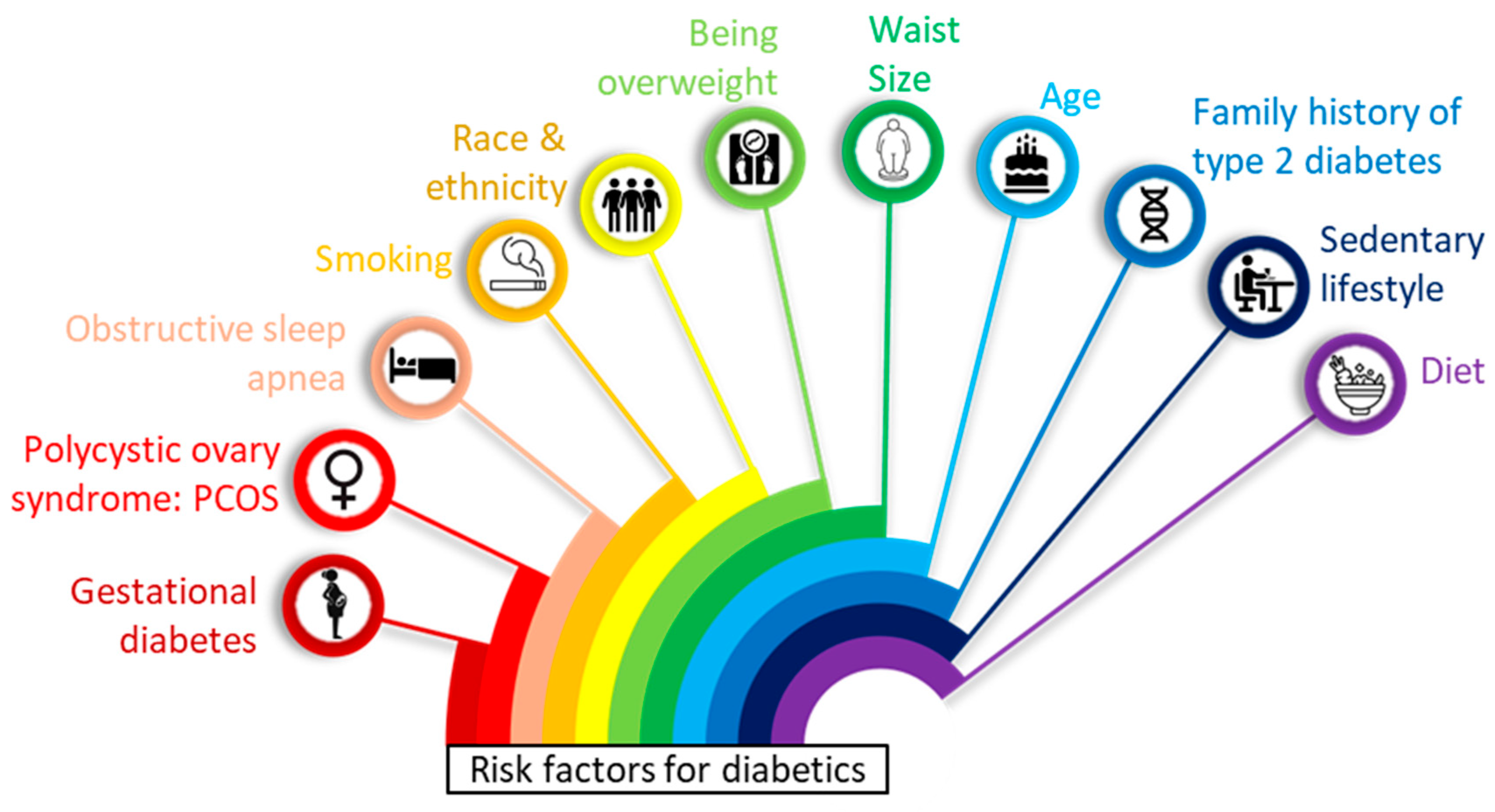
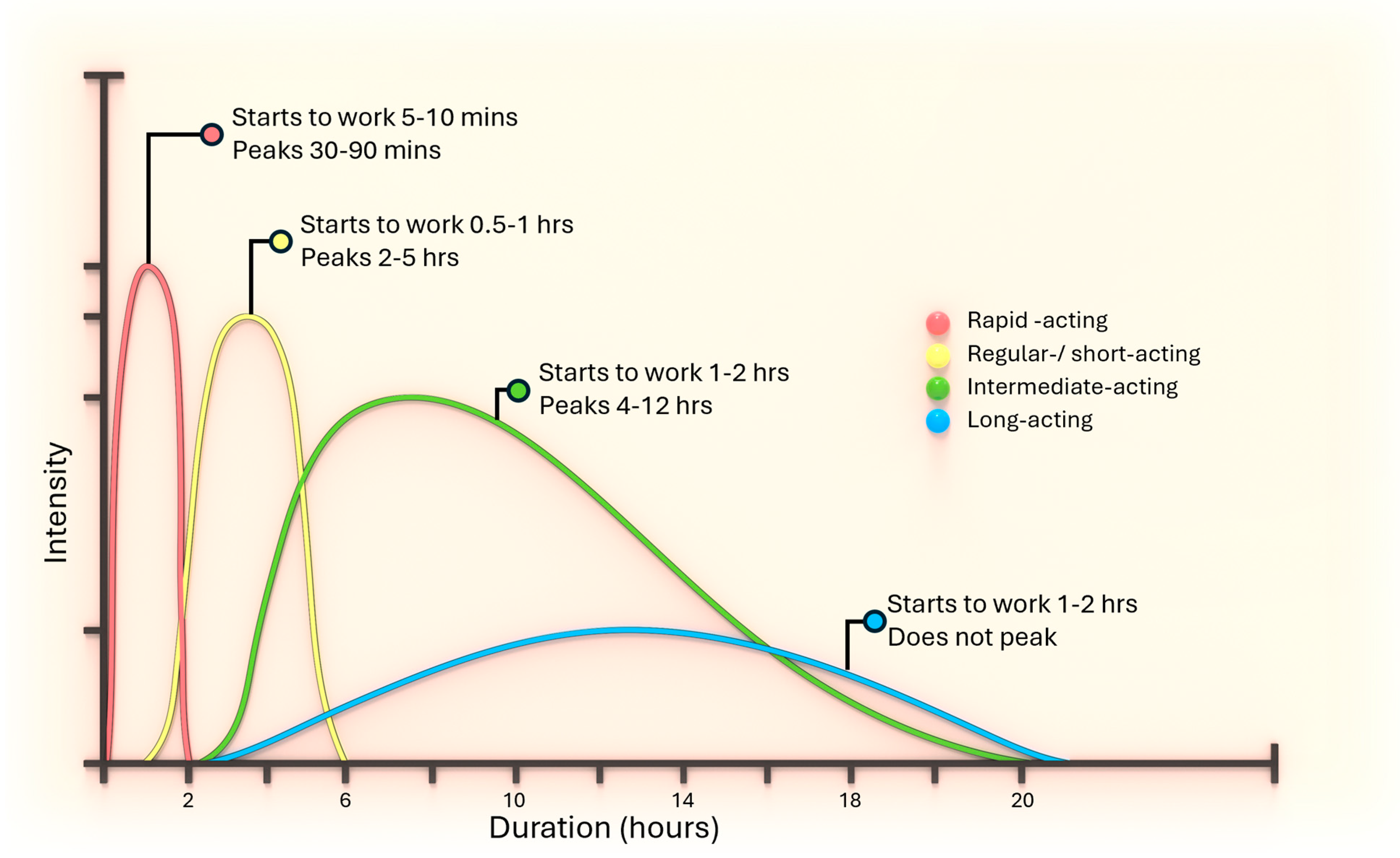
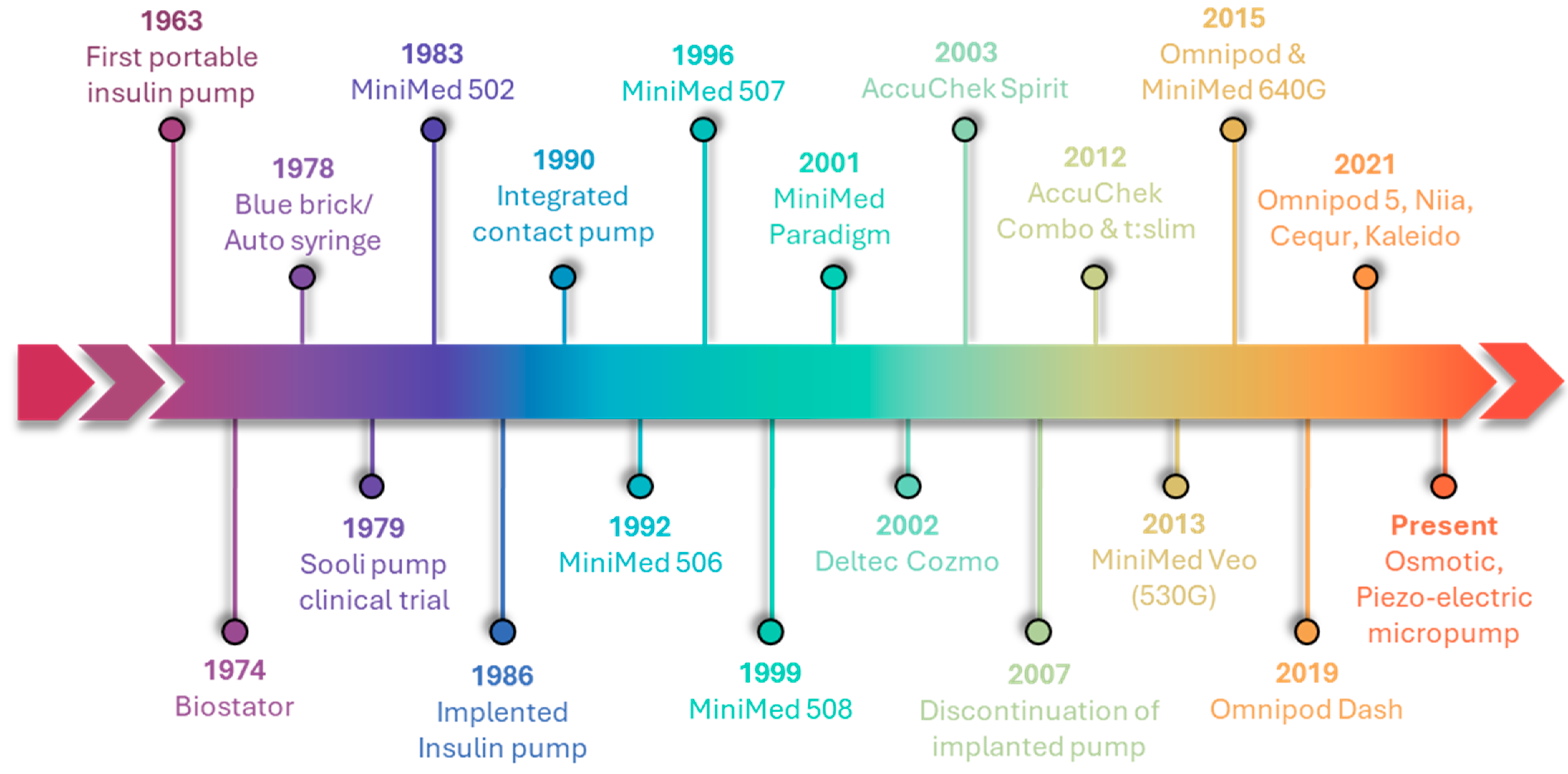
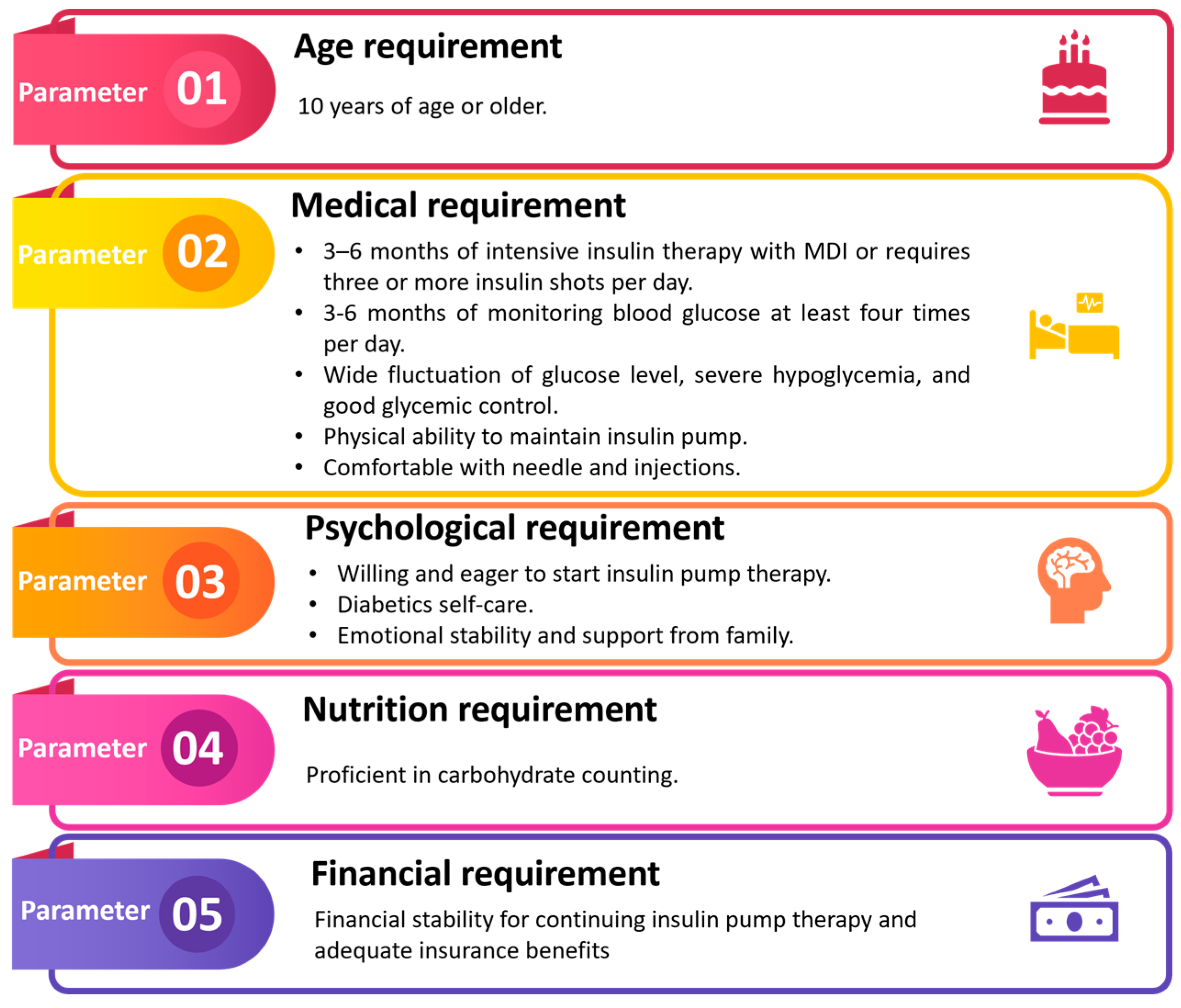
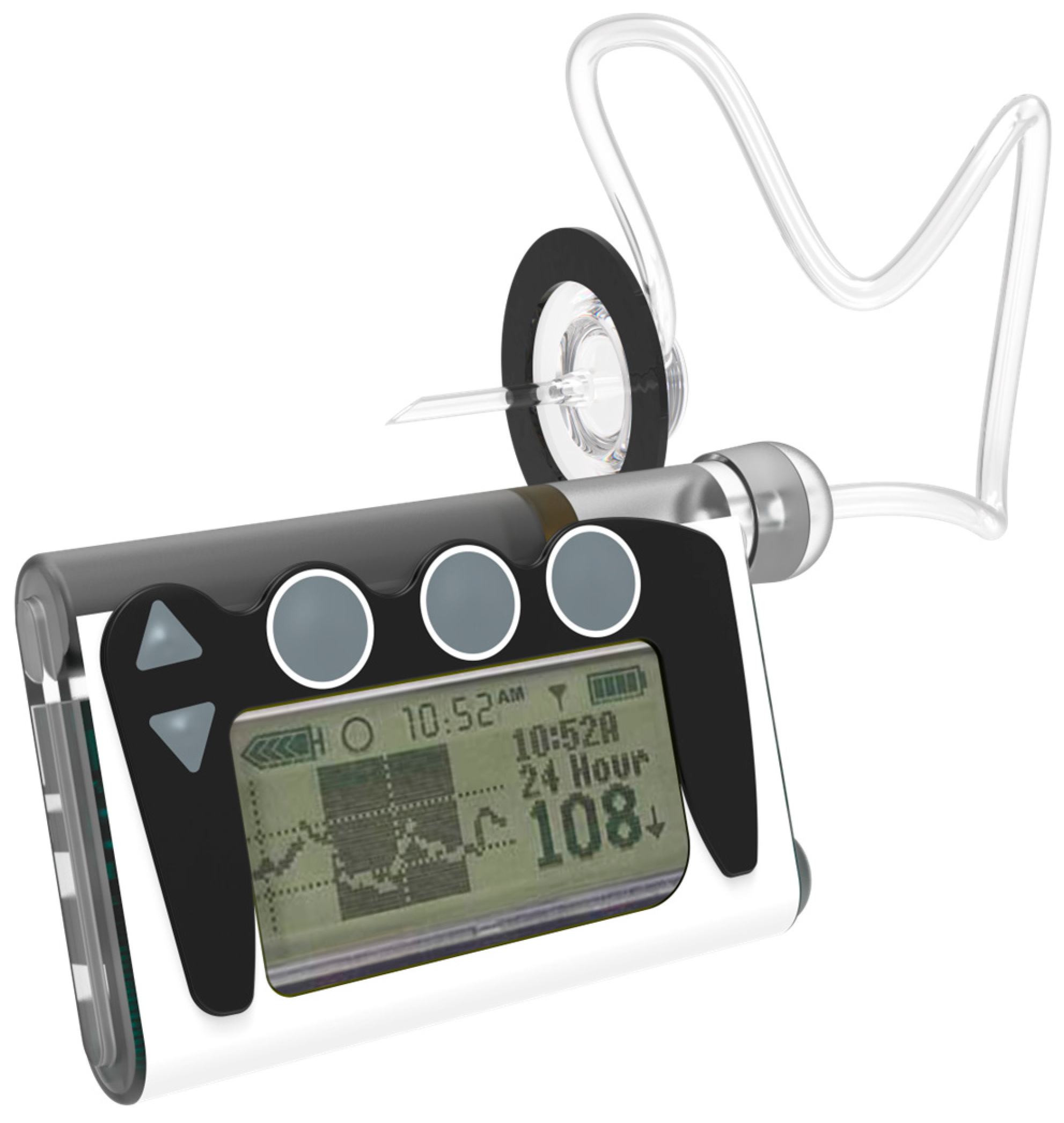
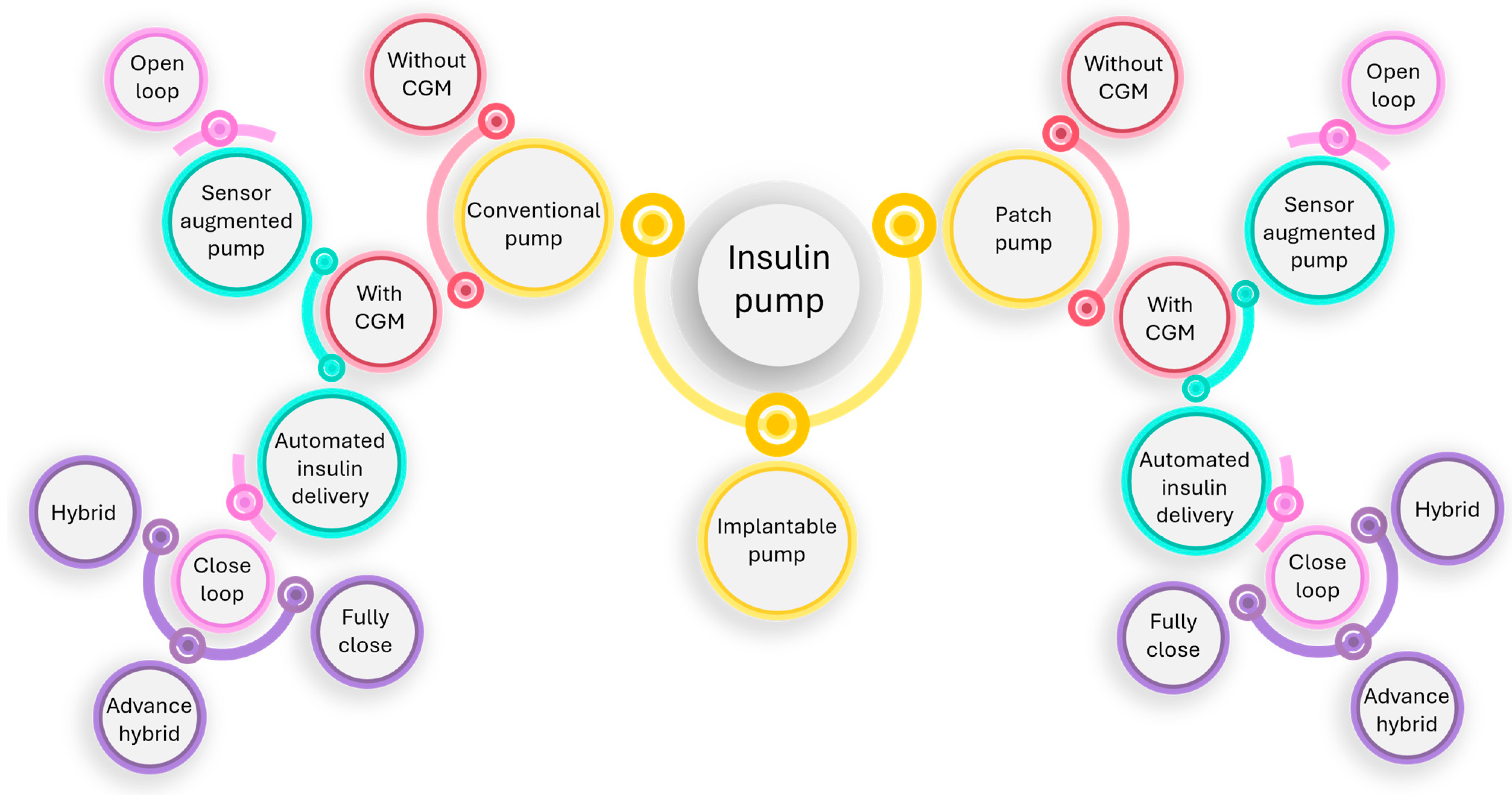
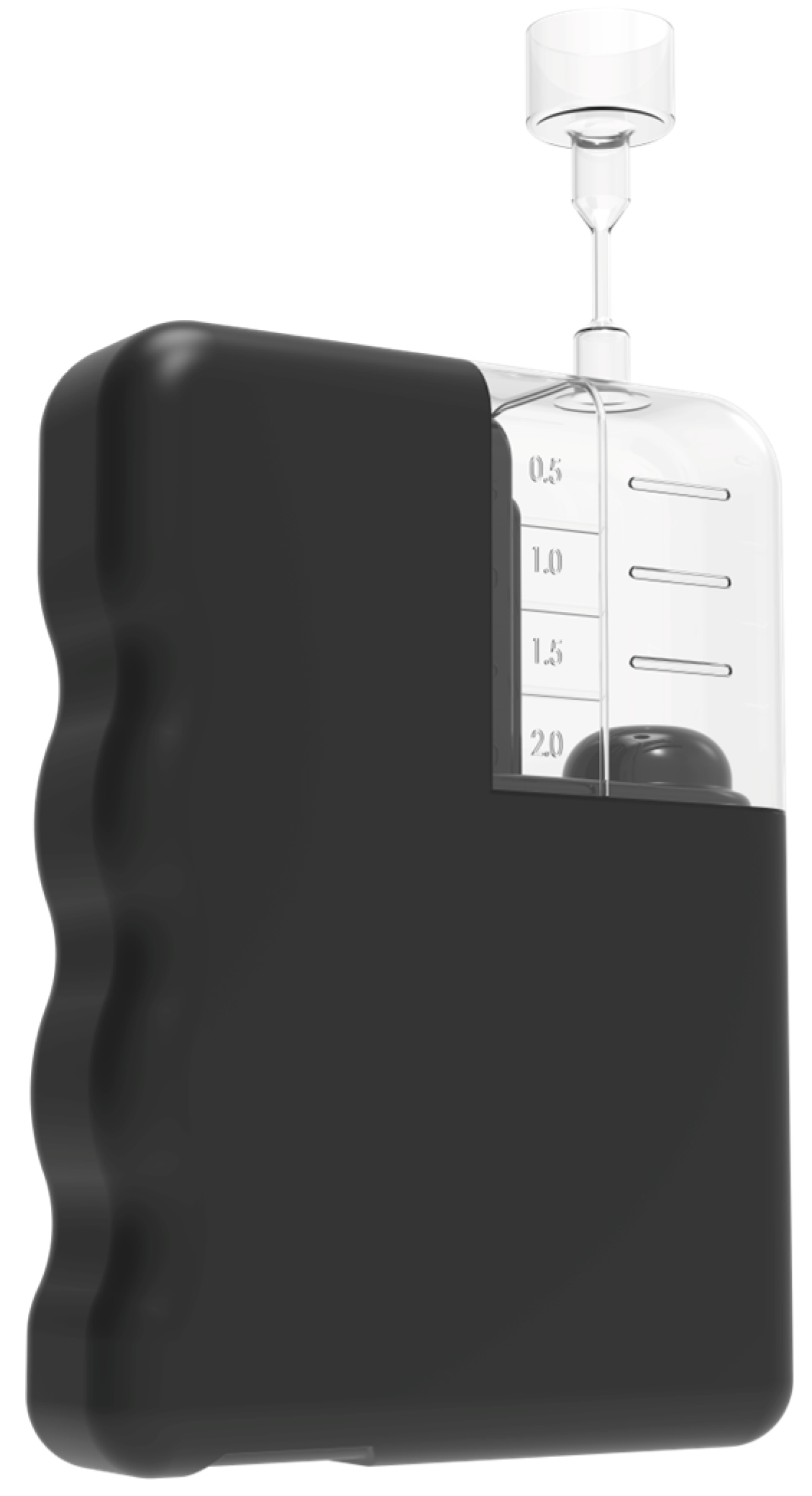

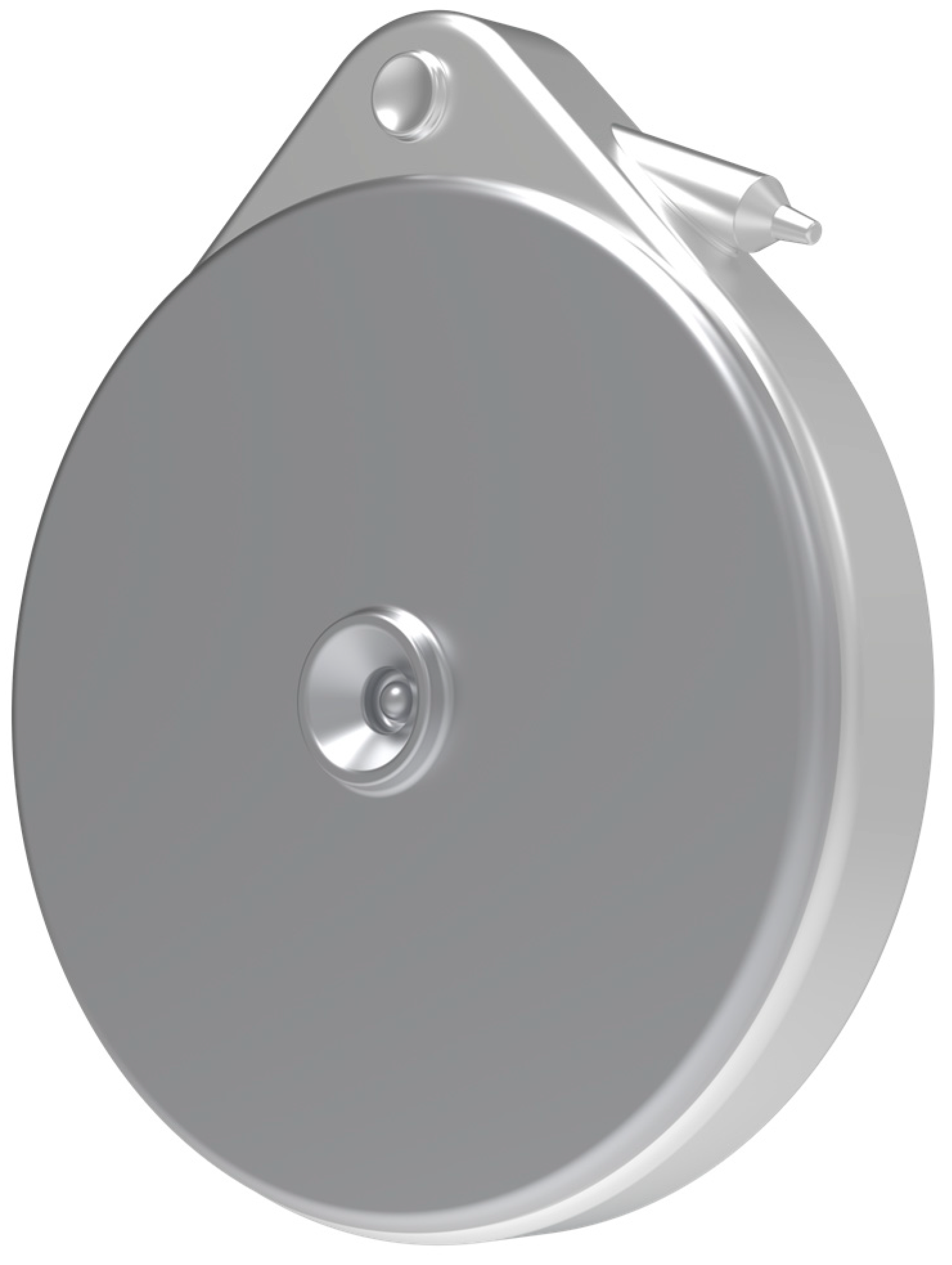
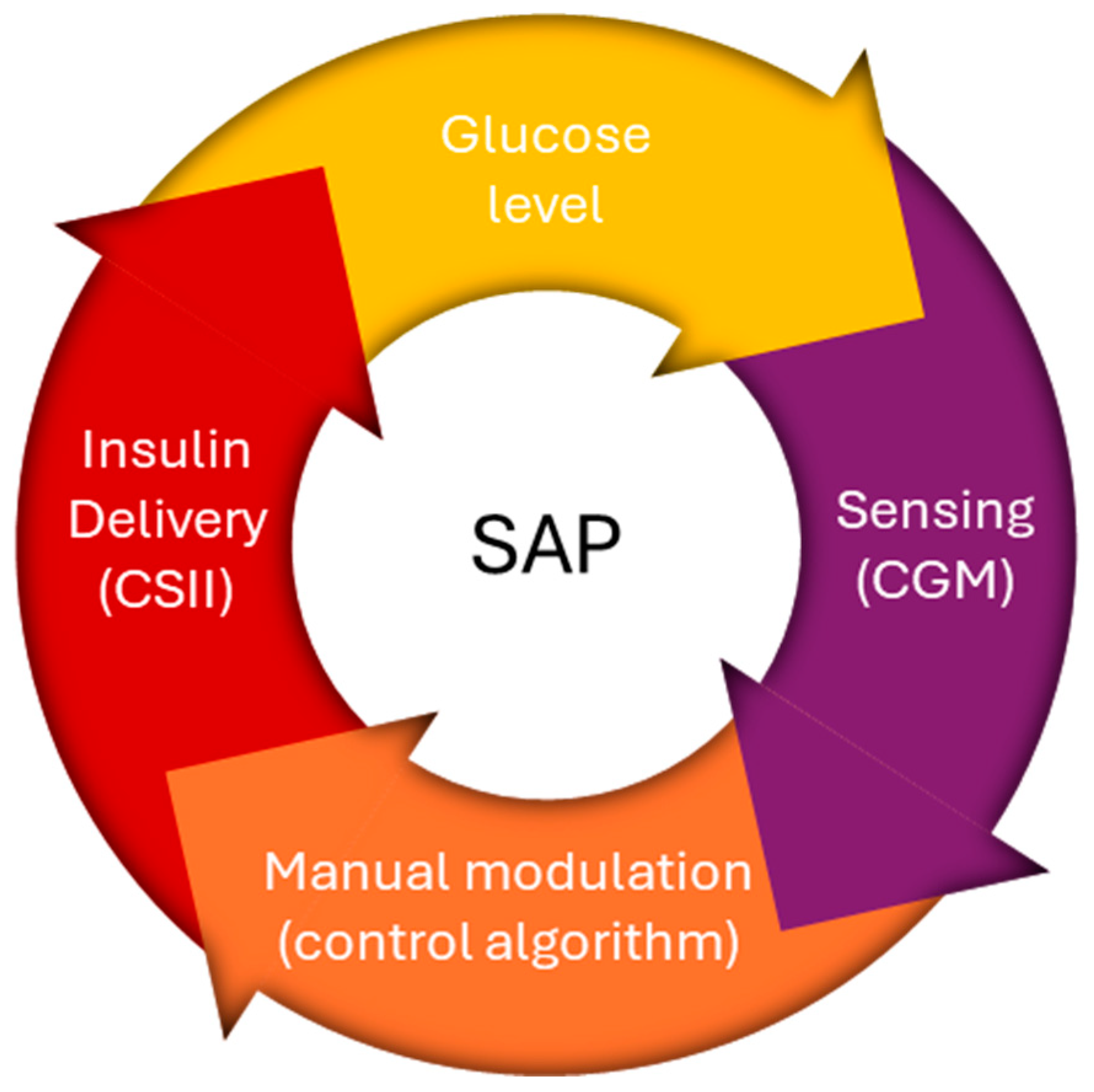
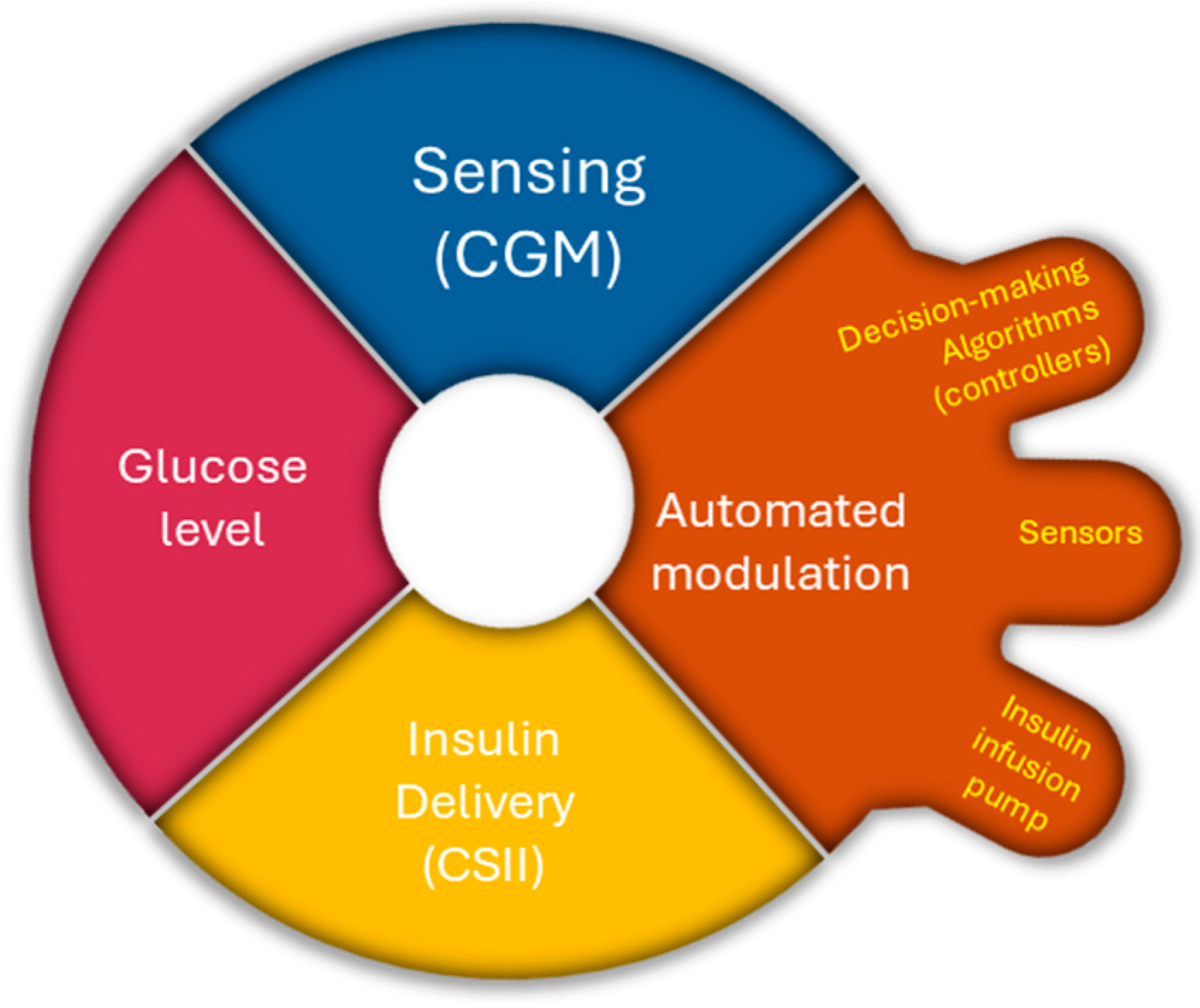
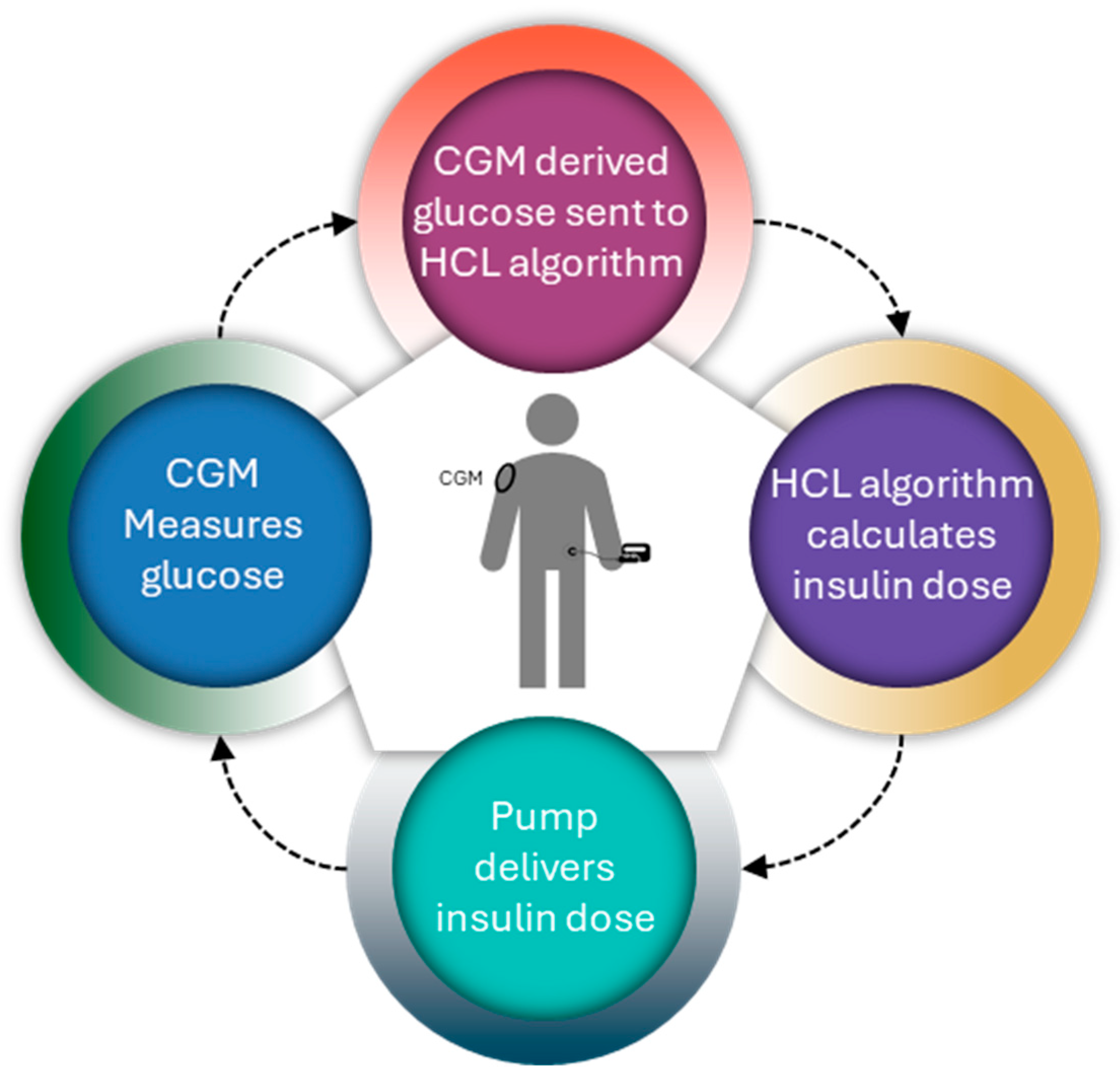

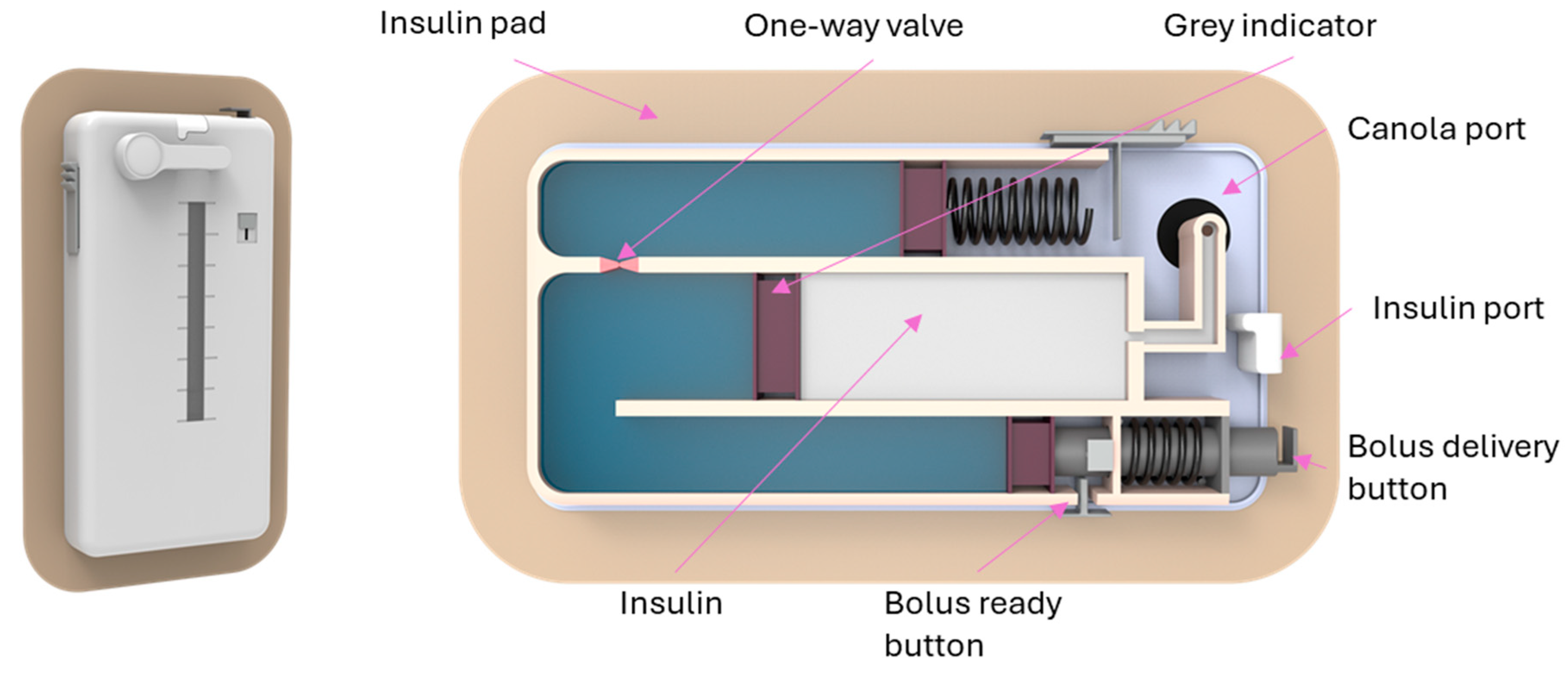
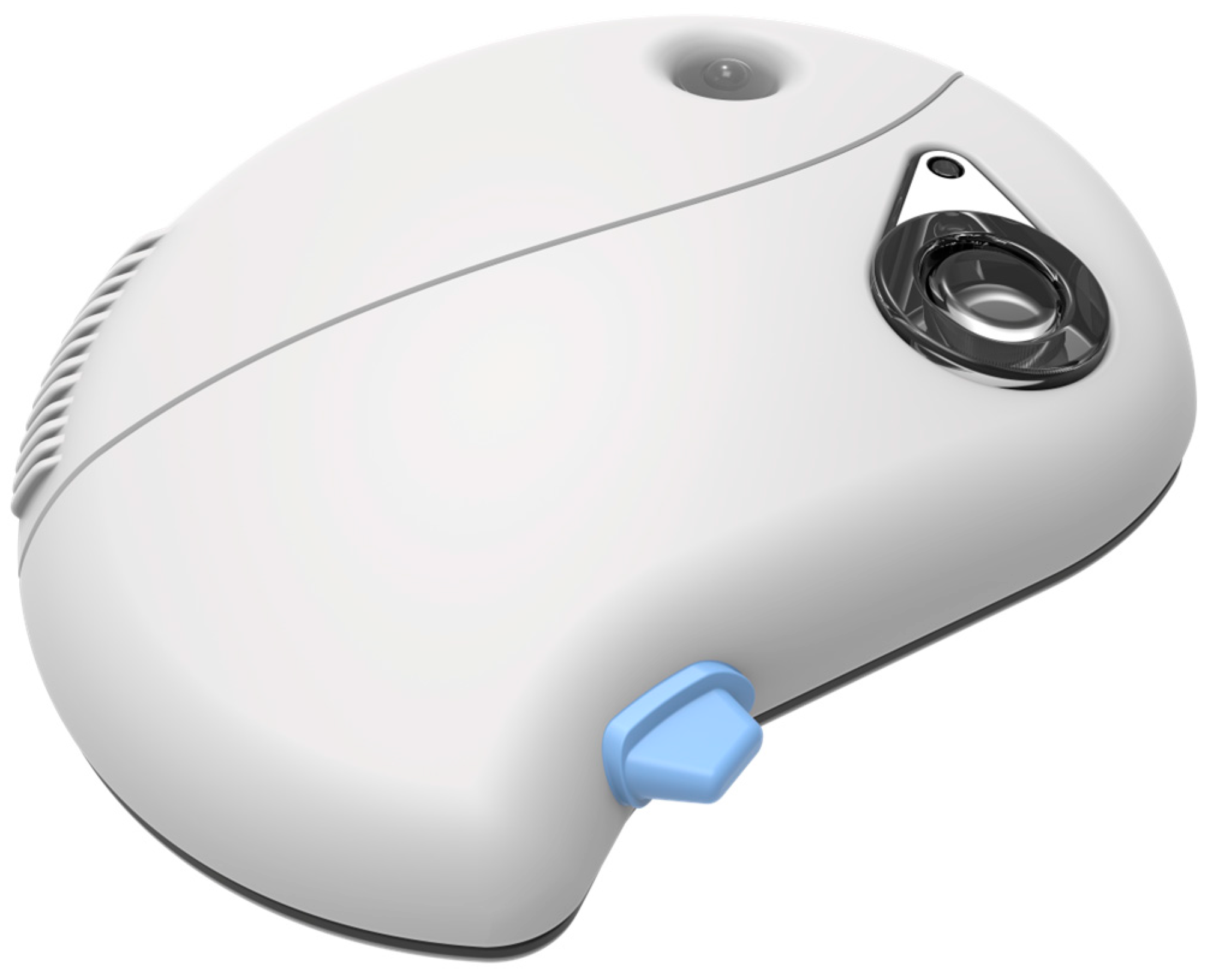
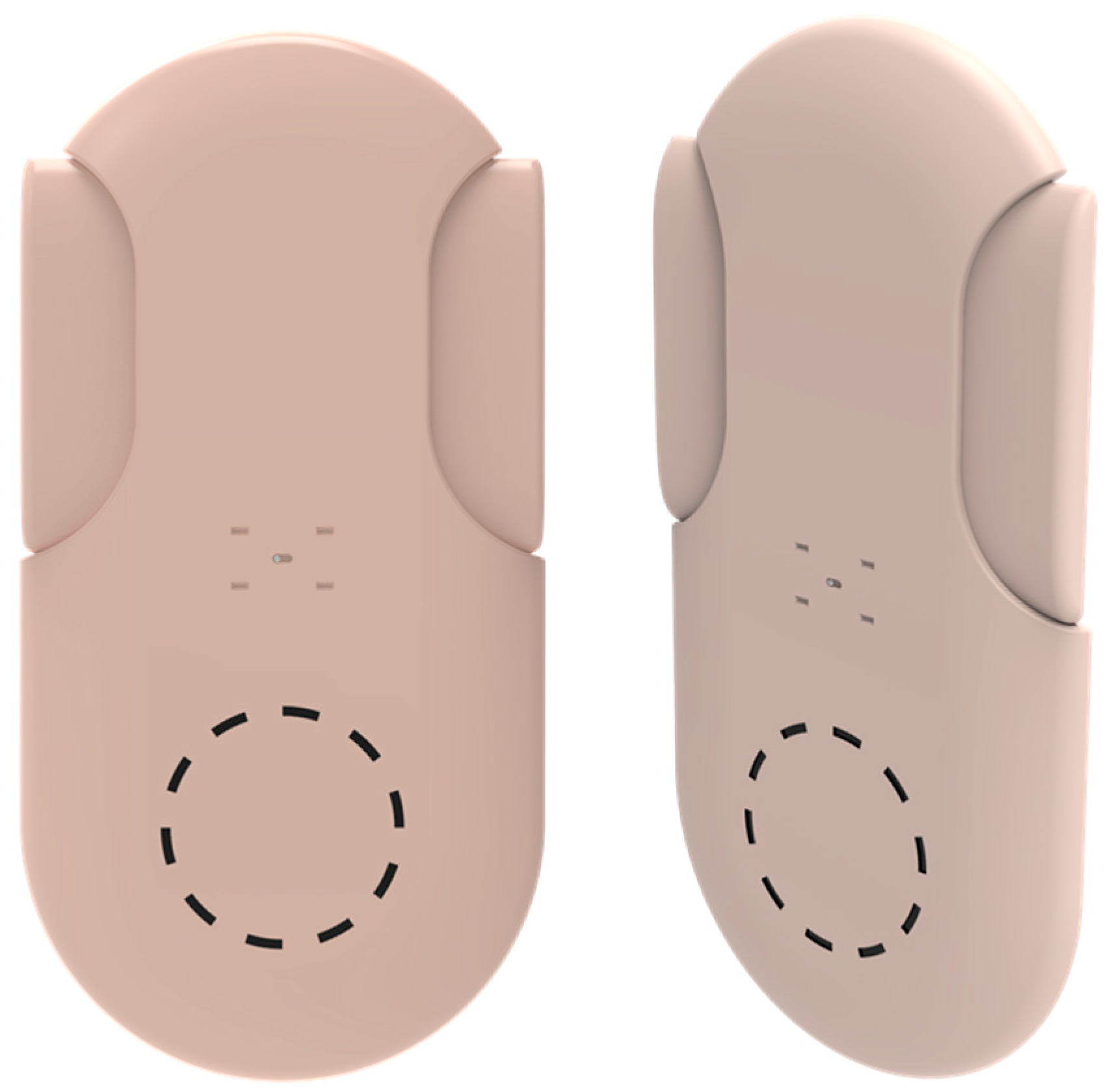
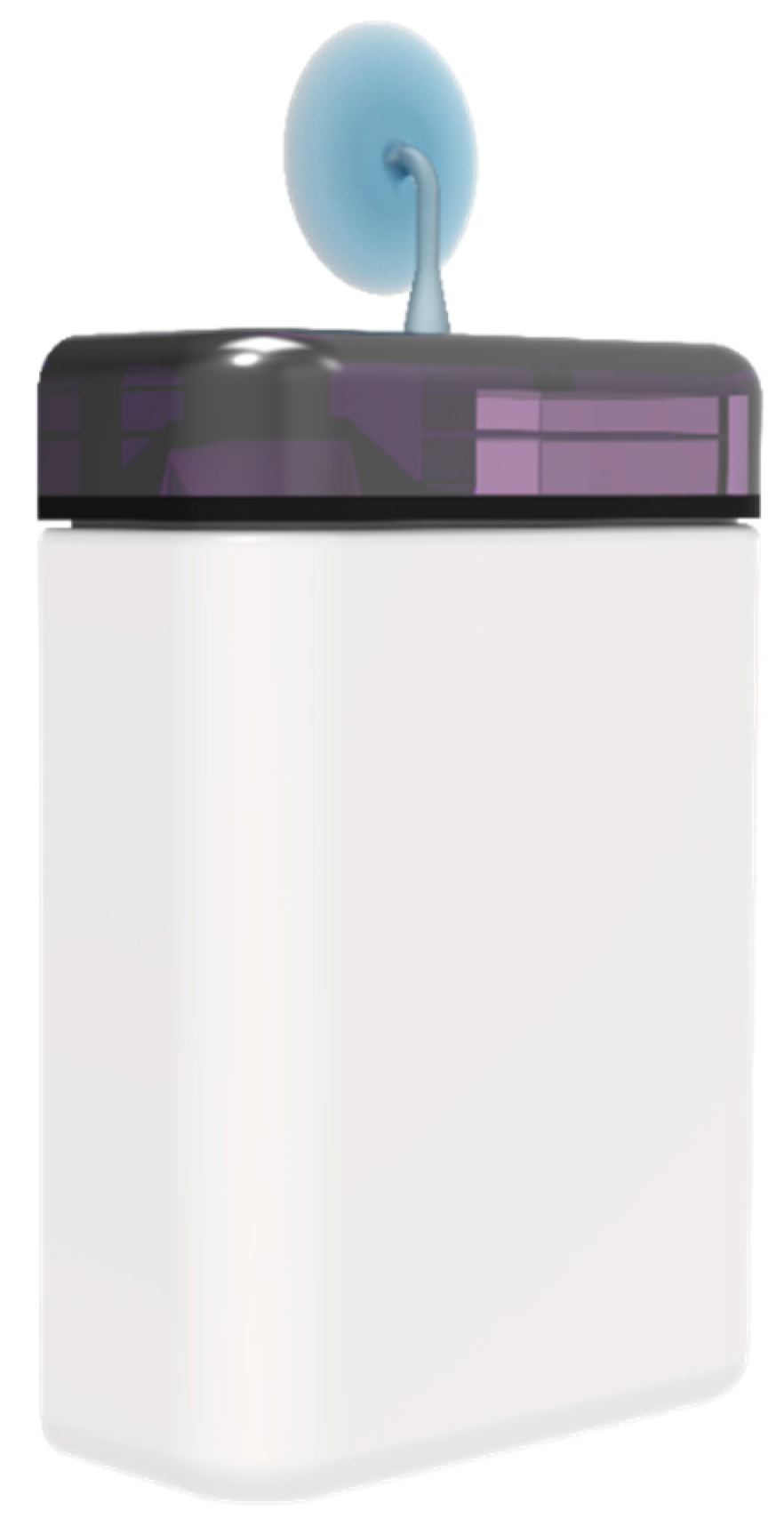

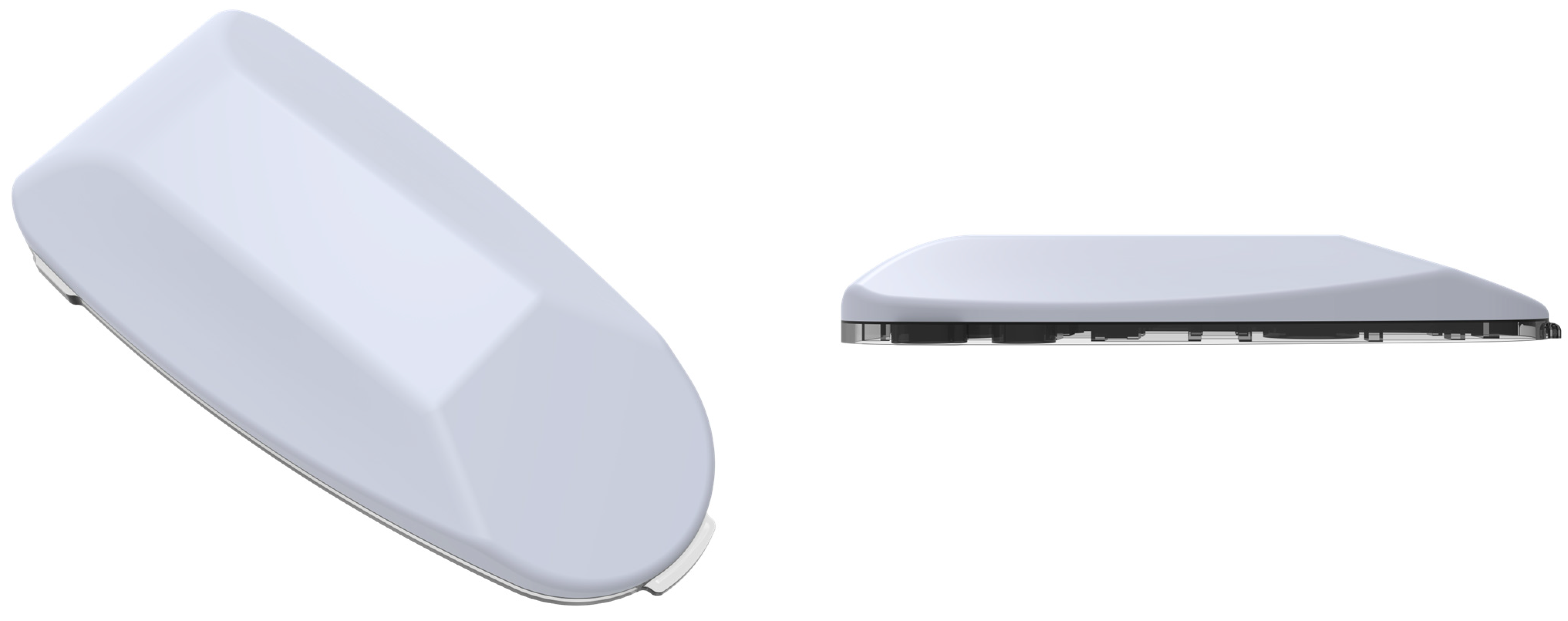
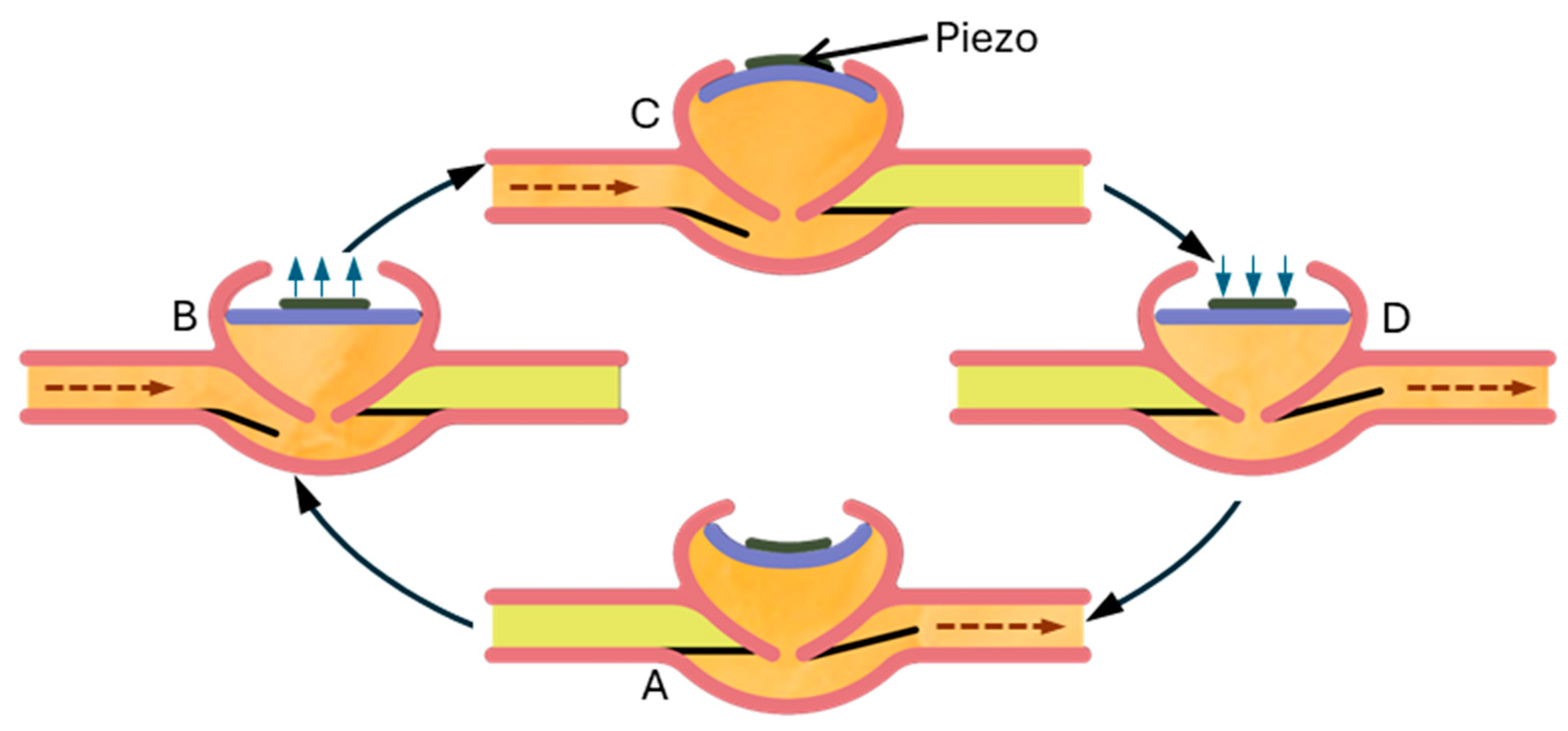
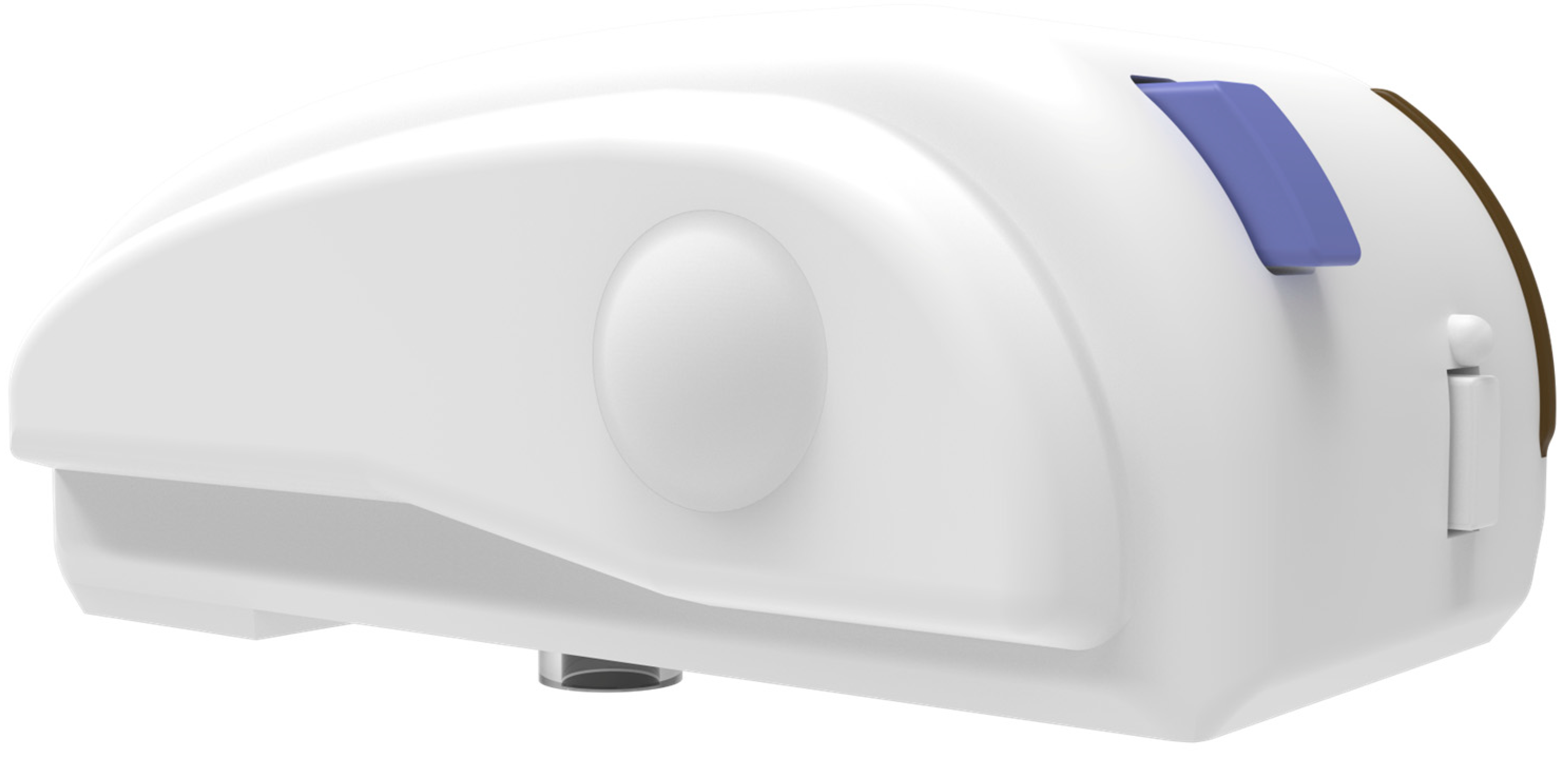

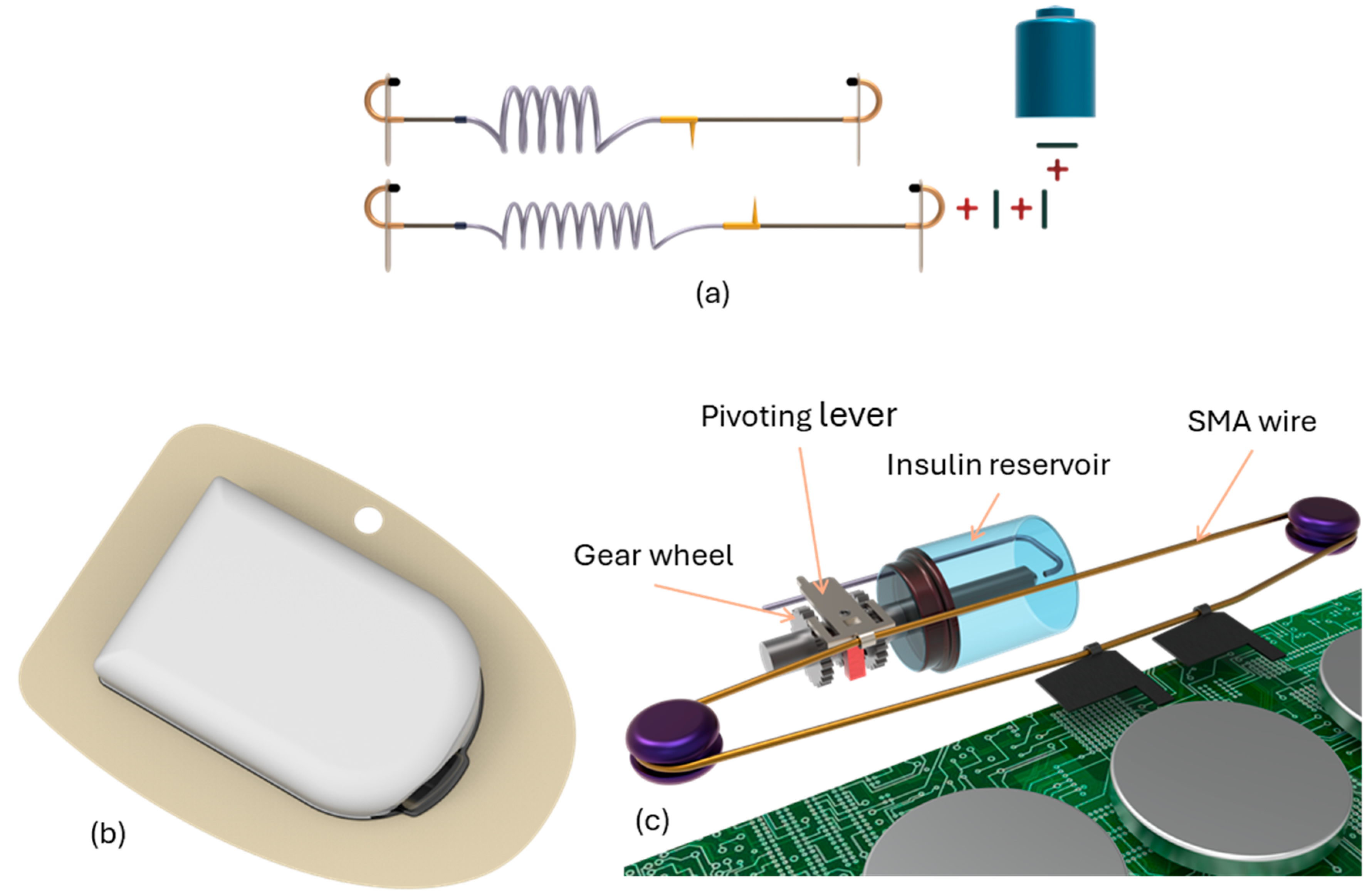

| Year | Author | Research Objectives | Ref. |
|---|---|---|---|
| 2008 | Tabakha et al. | Discussed various routes and very few conventional delivery systems. | [21] |
| 2010 | Jean-Louis Selam |
| [22] |
| 2011 | Hovorka et al. | Discussed the artificial pancreas design, its components, clinical outcomes, pros and cons of automated closed-loop systems, and compared with conventional pump therapy. | [23] |
| 2016 | Shah et al. | Discussed different routes of insulin delivery. | [2] |
| 2018 | Easa et al. | Discussed and compared the available oral and non-evasive insulin delivery. | [24] |
| 2019 | Sora et al. | Discussed the pros and cons of CSII therapy, along with technical and clinical considerations for initiating patients on this treatment. | [25] |
| 2019 | Berget et al. |
| [26] |
| 2021 | Aiello et al. | Explored recent advancements (5 years), challenges, and opportunities in AID systems, particularly tailored for specific age groups and metabolic conditions. | [27] |
| 2022 | Sherr et al. | Highlighted AID system limitations, especially focusing on safety concerns. | |
| 2022 | Sabbagh et al. | Conducted a review on polymeric non-invasive insulin delivery and emphasized the uses of hydrogel as a promising insulin delivery system. | [28] |
| 2022 | Nallicheri et al. | Compared to a few AID systems only in US. | [29] |
| 2022 | Sugumar et al. | Explored non-invasive and patient-friendly insulin delivery routes, including chemical and physical enhancers. | [30] |
| 2023 | Bassi et al. | Discussed available AID systems in Europe for T1D patients, focusing on their effectiveness across different age groups. | [31] |
| Table No | Description of the Table |
|---|---|
| Table 3 | Manufacturer and release year of the available insulin pumps |
| Table 4 | FDA approval of available insulin pumps and country of origin |
| Table 5 | Insulin pumps and their powered technology with types |
| Table 6 | Size and weight comparison of available insulin pumps |
| Table 7 | Basal, bolus, and reservoir capacity comparison of available insulin pumps |
| Table 8 | User’s age and type of diabetics for available insulin pumps |
| Table 9 | CGM integration, types of insulin, and insertion devices for available pumps |
| Table 10 | Portability, disposable item, and connection type of available insulin pump |
| Table 11 | Wearing time and price of available insulin pump |
| Pump Type | Pump Name | Manufacturer | Launching Year | Reference |
|---|---|---|---|---|
| Patchable | Omnipod 5 | Insulet Corporation | 2022 | [87] |
| Omnipod Dash | Insulet Corporation | 2019 | [88] | |
| EOPatch | EOFlow Inc, Now Medtronic | 2022 | [89] | |
| V-Go | Valeritas; acquired by Zeeland Pharma; acquired by Mankind Corporation | 2011 | [90,91] | |
| Cellnovo (Discont.) | Cellnovo | 2014 | [92] | |
| Accu Chek Solo | Roche | Initially made by Medingo and purchased by Roche in 2010 | [93] | |
| SFC Fluidics | SFC Fluidics | Article published in 2019 | [94] | |
| Niia essential | Pharmasens | After FDA approval; probably in 2024 | [95] | |
| Equil Patch Pump | Microtech Medical | 2017 | [96] | |
| CeQur Simplicity (Previously One touch Via) | CeQur (Previously owned by J&J) | Commercialized by CeQur in 2021 | [97] | |
| PAQ | CeQur | 2012 | [98] | |
| EasyPatch Pump | Medtrum | 2016 | [99] | |
| Touchcare Nano | Medtrum | 2021 | [100] | |
| Medisafe with | Terumo Corporation | 2018 | [101] | |
| Imperium Patch Pump | Unilife | 2015 | [102] | |
| Jewel Pump | Debiotech | 2012 | [66] | |
| Sigi | AMF Medical | 2023 | [103] | |
| Dibkit Insulin pump | IA Collaborative | - | [104] | |
| MODD1 | Modular Medical | 2023 | [105] | |
| Osmotic WBI | Subcuject | [106] | ||
| Kaleido | ViCentra | 2023 | [107] | |
| Non-Patchable | Accu-Chek Spirit | Roche | 2006 | [108] |
| T: Slim X2 with Basal IQ | Tandem Diabetes | 2018 | [109] | |
| T: Slim X2 with Control IQ | Tandem Diabetes | 2018 | [110] | |
| Tandem Mobi | Tandem Diabetes | 2024 | [111] | |
| Medtronic Paradigm | Medtronic | Paradigm 523: 2006; Paradigm 723: 2010 | [112] | |
| MiniMed 630G | Medtronic | 2016 | [113] | |
| MiniMed 670G | Medtronic | 2017 | [114] | |
| MiniMed 770G | Medtronic | 2020 | [115] | |
| MiniMed 780G | Medtronic | 2023 | [116] | |
| iLet Bionic Pancreas | Beta Bionics | 2023 | [117] | |
| OneTouch Ping | Animas Corp. | 2008 | [118] | |
| Animas Vibe | Animas Corp. | 2011 | [119] | |
| IR-1250 | Animas Corp. | 2005 | [120] | |
| Dana II | Sooli | 2000 | [121] | |
| Nipro Amigo | Nipro | 2001 | [122,123] | |
| Deltec Cozmo | Smith’s Medical | 2002 | [124] | |
| Mylife Ypso Pump | Ypsomed AG | 2016 | [125] | |
| Truecare | Apex Medical | - | [126] | |
| YST-IVC Insulin Pump | Shanghai Umitai Medical Technology Co., Ltd. | - | [127] | |
| Insul | Agva | - | [128] | |
| Deka ACE Pump | DEKA Research & Development Corp | 2023 | [129] | |
| Twiist | Sequel Med Tech | 2024 | [130] |
| Pump Type | Pump Name | FDA Approval | Available Countries | Reference |
|---|---|---|---|---|
| Patchable | Omnipod 5 | FDA | USA, UK, and Germany | [131] |
| Omnipod Dash | FDA | Sweden, Finland, Norway, Denmark, France, Belgium, Germany, Austria, Switzerland, Israel, USA, UK, The Netherlands, and Italy. | [132] | |
| EOPatch | CE | South Korea | [133] | |
| V-Go | FDA-2010-Humalog FDA-2011-Novolog FDA-2012-Type 2 CE | USA, EU, and Australia | [134,135] | |
| Cellnovo (Discontinued) | CE Mark | France, UK, The Netherlands, Italy, Spain, Australia, New Zealand, Israel, Greece, and Cyprus | [136,137] | |
| Accu Chek Solo | FDA | US, UK, Australia, Poland, Switzerland | [138,139] | |
| Niia essential | ISO 13,485 | Switzerland | [95] | |
| Equil Patch Pump | CE | Asia Pacific, Europe, Middle East, Africa, and Latin America | [96] | |
| CeQur Simplicity (Previously One touch Via) | FDA, CE Mark | Europe, USA | [140] | |
| PAQ | CE Mark | Europe | [141] | |
| EasyPatch Pump | CE | Limited usage in Europe | [142] | |
| Touchcare Nano | CE Mark | The Netherlands, UK, France, Germany, Denmark, Finland, and Sweden | [143,144] | |
| Medisafe with | CE Mark | Japan | [145] | |
| MODD1 | - | Europe | [146] | |
| Kaleido | - | The Netherlands France, Germany | [147,148] | |
| Non-Patchable | Accu-Chek Spirit | FDA | Selected countries in the Middle East and Africa region | [149,150] |
| T: Slim X2 with Basal IQ | FDA | USA, Canada | [109,151] | |
| T: Slim X2 with Control IQ | FDA | USA, Canada | [110,152] | |
| Tandem Mobi | FDA | USA | [111] | |
| Medtronic Paradigm | FDA | USA | [112] | |
| MiniMed 630G | FDA | USA | [113] | |
| MiniMed 670G | FDA | USA, Europe | [114] | |
| MiniMed 770G | FDA | USA | [115] | |
| MiniMed 780G | FDA, CE | USA, Europe | [153,154] | |
| iLet Bionic Pancreas | FDA | USA, UK | [155,156] | |
| OneTouch Ping | FDA | USA, Europe, Australia, New Zealand, and Canada | [157] | |
| Animas Vibe | FDA | USA, Europe, Australia, New Zealand, and Canada | [158] | |
| IR-1250 | FDA | USA | [159] | |
| Dana II | FDA | USA | [121] | |
| Nipro Amigo | FDA | USA | [160] | |
| Deltec Cozmo | FDA | Worldwide | [161,162] | |
| Mylife Ypso Pump | CE | Australia, Canada, and Europe | [163,164] | |
| Truecare | CE | Europe, India, China | [126] | |
| YST-IVC Insulin Pump | - | China | [127] | |
| Insul | - | India | [128] | |
| Deka ACE Pump | Yes | USA | [129] | |
| Twiist | FDA | - | [130] |
| Powered Technology | Pump Type | Insulin Pumps |
|---|---|---|
| Battery powered | Patch pump | Omnipod 5, Omnipod Dash, EO Patch, Accu-Check Solo, SFC Fluidics, Niaa essential, Equil patch pump, Touchcare nano, Medisafe, Jewel pump, Symboize, Sigi, MODD1, |
| Non-patch pump | MiniMed 670G, 770G, 780G, ilet Bionic Pancreas, One touch ping, Animas vibe, IR-250, Dana, Nipro amigo, Deltec cosmo, Mylife Ypso, Truecare, YST-IVC, Insul, Deka Ace pump | |
| Mechanically powered | Patch pump | V-Go, CeQur Simplicity PAQ, Libertas, Osmotic WBI |
| Non-patch pump | - |
| Pump Type | Pump Name | Size | Weight | Ref. |
|---|---|---|---|---|
| Patchable | Omnipod 5 | 39 × 52 × 14.5 mm (Pod size) | 28.35 g with an empty reservoir. | [178] |
| Omnipod Dash | 39 × 52 × 14.5 mm (Pod size) | 28.35 g with an empty reservoir. | [179] | |
| EOPatch | 49.5 × 39 × 14.5 mm | 29.4 g (Wearable unit weight: 26 g/excluding insulin) | [180] | |
| V-Go | 60.96 × 33.02 × 12.7 mm. | 19.8 gm to 51.03 gm | [181] | |
| Cellnovo (Discontinued) | 50.8 × 38.1 × 15.24 mm | - | [66] | |
| Accu Chek Solo | 61 × 38 × 13 mm | 29 g | [169] | |
| SFC Fluidics Patch Pumps | 55 × 58 × 10 mm | 113.4 g | [94,182] | |
| Equil Patch Pump | 59.5 × 40.0 × 12.1 mm | 23 g | [183] | |
| CeQur Simplicity (Previously One touch Via) | 63 × 35 × 8 mm | 10 g | [184] | |
| PAQ | 60 × 77 × 18 mm | 36 g | [185] | |
| Easypatch Pump | 40.5 × 31.5 × 11.5 mm | 13.8 | [186] | |
| Touchcare Nano | 40.5 × 31.5 × 11.5 mm | 13.8 g | [187] | |
| Medisafe with | 77.9 × 40.1 × 18.9 mm | 34 g | [145,188] | |
| Jewel Pump | 70 × 40 × 13 mm | 25 g | [189] | |
| Osmotic WBI | 84 × 48 × 18.5 mm | - | [190] | |
| Kaleido | 50 × 35 × 12.5 mm | 19 g | [147] | |
| Non-Patchable | Accu-Chek Spirit | 82.5 × 56 × 21 mm | Empty approx. 80 g; insulin pump with battery, full plastic cartridge, and infusion set; approx. 110 g | [150] |
| T: Slim X2 with Basal IQ | 79.5 × 50.8 × 15.24 mm | 111.98 g | [191] | |
| T: Slim X2 with Control IQ | 79.5 × 50.8 × 15.24 mm | 111.98 g | [192] | |
| Tandem Mobi | 37.85 × 45.72 × 12.7 mm | 102.058 g | [193] | |
| Medtronic Paradigm | 523: 51 × 83 × 20 mm 723: 51 × 94 × 21 mm | 523: 95 g 723: 102 g | [194] | |
| MiniMed 630G | 97 × 53.3 × 24.3 mm | 104.893 g | [195] | |
| MiniMed 670G | 96.8 × 53.6 × 24.9 mm | 106 g | [196] | |
| MiniMed 770G | 97 × 53.3 × 24.3 mm | 106 g | [197] | |
| MiniMed 780G | 97 × 53.3 × 24.3 mm | 106 g | [198] | |
| iLet Bionic Pancreas | 91 × 50 × 15 mm | 110 g | [199] | |
| OneTouch Ping | 97 × 62 × 28 mm | 110.5 g | [200] | |
| Animas Vibe | 83 × 51 × 22 mm | 105 g | [201] | |
| IR-1250 | 77 × 51 × 18 mm | 87.88 g | [202] | |
| Dana II | 91 × 45.5 × 20 mm | 53 g | [203] | |
| Nipro Amigo | 83.312 × 55.372 × 23.622 mm | 87.88 g | [204] | |
| Deltec Cozmo | 81.28 × 45.72 × 22.86 mm | 77 g | [204] | |
| Mylife Ypso Pump | 78 × 46 × 16 mm | 83 g | [164] | |
| Truecare | 88 × 58 × 20 mm | 105 g | [205,206] | |
| YST-IVC Insulin Pump | 92 × 52 × 20 mm | 55 g | [127] | |
| Insul | 113 × 67 × 24 mm | 250 g | [128] | |
| Twiist | 50.8 × 50.8 mm | - | [207] |
| Pump Type | Pump Name | Basal | Bolus Rate | Reservoir Capacity | Ref |
|---|---|---|---|---|---|
| Patchable | Omnipod 5 | 0 to 30 units per hour in 0.05-unit | 0.05 to 30 units. Increments of 0.05 units | 200 Unit. Can provide up to 72 h of continuous insulin delivery | [178] |
| Omnipod Dash | From 0 to 30 units per hour in 0.05-unit increments | From 0.05 to 30 units. Increments of 0.05 units. | 200-Unit reservoir built into the pod | [179] | |
| EOPatch | Flexible basal | Flexible | Min. 80 Unit~Max. 200 Unit | [180] | |
| V-Go | 20, 30 or 40 units per 24 h | 36 units per 24 h in 2 unit | V-Go 20: 56 Unit total V-Go 30: 66 Unit total V-Go 40: 76 Unit total | [212] | |
| Cellnovo (Discontinued) | 0.05–5 U/h | 0.05–30 units. | 150 Unit | [213] | |
| Accu Chek Solo | 0.1 U up to under 5.0 U: increments of 0.01 units 5.0 U up to under 25.0 U: increments of 0.1 units | Minimum: 0.2 units Maximum: 50 units | 80–200 Unit | [169] | |
| SFC Fluidics Patch Pumps | 0.5 U/h | 2 units | 300 Unit | [94,182] | |
| Niia essential | - | - | 300 Unit | [214] | |
| Equil Patch Pump | min: 0.025 U/h/max: 35 U/h | min: 0.025 U/max: 35 U | 200 Unit | [183] | |
| CeQur Simplicity (Previously One touch Via) | Only Bolus | Bolus only 2-unit dose/Click | 200 Unit | [215,216] | |
| PAQ | 16, 20, 24, 32, 40, 50, or 60 units per day | 2 units | 330 Unit | [66] | |
| EasyPatch Pump | 0–0.05 U/h | 22.35 U | 200 Units | [217] | |
| Touchcare Nano | 25 U/h | Minimum bolus: 0.05 Units (0.05 U/2 secs) | 200 Unit | [187] | |
| Medisafe with | 0.05 U/h (0.00 to 35.00 U/h) | 0.1 U (0.1 to 25.0 U) Normal bolus (speed: 1.5 U/min) Quick bolus (speed: 15 U/min) | 200 Unit | [188] | |
| Imperium Patch Pump | - | - | 500 Unit | [102] | |
| Jewel Pump | - | - | 500 Unit | [189] | |
| Sigi | 0.025 U | 0.2 U | 160 Unit | [218] | |
| MODD1 | - | - | 300 Unit | [219] | |
| Osmotic WBI | - | - | 300 Unit | [220] | |
| Kaleido | 0.05 U/h -/5 U/h | 0.05 U–30 U | 200 Unit | [221] | |
| Non-Patchable | Accu-Chek Spirit | Min. = 0.05 U/h (U/h), Max. = 50 U/h. There are 24 hourly basal rates, adjustable in unit increments of 0.01 (up to 1.00 U/h), 0.05 (up to 10.0 U/h), and 0.1 (up to 50.0 U/h). | Max 50 insulin units; Quick bolus, which is adjustable in unit increments of 0.1, 0.2, 0.5, 1.0, and 2.0; Standard bolus, extended Bolus, and Multiwave Bolus are adjustable in fixed increments of 0.1 units; Duration of extended bolus and multiwave bolus are adjustable in intervals of 15 min (from 15 min up to 12 h). | 315 Unit/Accu-chek Spirit 3.15 mL cartridge system and Accu-chek 3.15 mL plastic cartridge with a lure-lock connection; | [222] |
| T: Slim X2 with Basal IQ | From 0.1 to 15 units per hour in 0.001-unit increments | From 0.05 to 25 units in 0.01-unit increments with an option for up to an additional 25 units | 300 Unit | [191] | |
| T: Slim X2 with Control IQ | From 0.1 to 15 units per hour in 0.001-unit increments | From 0.05 to 25 units in 0.01-unit increments with an option for up to an additional 25 units | 300 Unit | [192] | |
| Tandem Mobi | 0.1–15 | 0.05 to 25; Bolus increment 0.01 | 200 Unit | [193] | |
| Medtronic Paradigm | 0.025–35 U/h | 0.025 units for bolus amounts in the range of 0.025 to 0.975 units 0.05 units for bolus amounts larger than 0.975 units | 523: 176 Unit 723: 300 Unit | [194] | |
| MiniMed 630G | From 0.025 to 35 units per hour in 0.025-unit increments for rates of 0.025–0.975 units/hr and increments of 0.05 units for rates of 1.00–9.95 U/h | Bolus Range: From 0.025 to 25 units. Increments of 0.025 units. | 300 Unit | [195] | |
| MiniMed 670G | • 0.025 U/h for basal amounts in the range 0 to 0.975 U • 0.05 U/h for basal amounts in the range 1 to 9.95 U • 0.1 U/h for basal amounts of 10 to 35 U | Bolus Range: From 0 to 25 units. Increments of 0.025/0.05/0.10 units. | 300 Unit | [196] | |
| MiniMed 770G | • 0.025 U/h for basal amounts in the range 0 to 0.975 U • 0.05 U/h for basal amounts in the range 1 to 9.95 U • 0.1 U/h for basal amounts of 10 to 35 U | Bolus Range: From 0 to 25 units. Increments of 0.025/0.05/0.10 units. | 300 Unit | [197] | |
| MiniMed 780G | • 0.025 U/h for basal amounts in the range 0 to 0.975 U • 0.05 U/h for basal amounts in the range 1 to 9.95 U • 0.1 U/h for basal amounts of 10 to 35 U | Bolus Range: From 0 to 25 units. Increments of 0.025/0.05/0.10 units. | 300 Unit | [198] | |
| iLet Bionic Pancreas | ±5% Max (10 U/h) and Intermediate (1.0 U/h)/±15% Min Basal (0.1 U/h) | ±5% Max (30 U)/Intermediate (5 U)/Min (0.5 U) | 180 Unit | [223] | |
| OneTouch Ping | 0.025–25 U/h in 0.025 U/h steps | 0.05–35 U in 0.05 U steps | 200 Unit | [200] | |
| Animas Vibe | 0.025 U/h across all available ranges (0.025 U/h to 25.00 U/h) | Bolus increment of 0.05 U across all available bolus ranges (0.05 U to 35.00 U) | 200 Unit | [158] | |
| IR-1250 | 0.025–25 U/h in 0.025 U/h steps | 0.05–35 U in 0.05 U steps | 200 Unit | [224] | |
| Dana II | 0.04 U/h | 0 to 80 units | 300 unit | [203] | |
| Nipro Amigo | 0.05 U–30 U/h | 0.05 Units | 300 Unit | [204,225] | |
| Deltec Cozmo | 0.05–35 U/h | 0.05, 0.1 visual; 0.05, 0.1, 0.5, 1.0 visual or audio | 300 Unit | [226] | |
| Mylife Ypso Pump | 0.1 U to 30.0 U | 0.1 U, 0.5 U, 1.0 U and 2.0 U | 160 Unit | [164] | |
| Truecare | 0.1–35 U/h | 0.1–25 U | 300 Unit | [205] | |
| YST-IVC Insulin Pump | 0.05 U/h | N/A | 300 Unit | [127] | |
| Insul | Up to 0.025 U/h | 500 Units | [128] | ||
| Deka ACE Pump | 0–30 U/h | 0.05–25, 0.01-unit increments | 180 Unit | [227] | |
| Twiist | - | - | 300 Unit | [130] |
| Pump Type | Pump Name | Age Limit | Types of Diabetics | Ref. |
|---|---|---|---|---|
| Patchable | Omnipod 5 | 2 years and older | Type 1 | [178] |
| Omnipod Dash | Cleared for all ages. | Type 2 | [179,229] | |
| EOPatch | - | Type 1 | [230] | |
| V-Go | 21 years and older | Type 1 and 2 | [231] | |
| Cellnovo (Discontinued) | Targeted younger T1DM including all other age groups | Type1 | [213] | |
| Accu Chek Solo | 2 years and older | Type 1 | [139] | |
| SFC Fluidics Patch Pumps | - | Type 1 and 2 | [232] | |
| Equil Patch Pump | 18 years and older | Type 1 and 2 | [183,233] | |
| CeQur Simplicity (Previously One touch Via) | 21 years and older | Type 1 and 2 | [215,234] | |
| PAQ | - | Type 2 | [185] | |
| EasyPatch Pump | - | Type 1 | [99] | |
| Touchcare Nano | - | Type 2 | [144] | |
| Medisafe with | 18 years and older | Type 1 | [235] | |
| Jewel Pump | - | Type 1 | [189] | |
| Sigi | 18 years and older | Type 1 | [236] | |
| Kaleido | 18 years and older | Type 1 | [221] | |
| Non-Patchable | Accu-Chek Spirit | - | Type 1 and 2 | [149] |
| T: Slim X2 with Basal IQ | 6 years and older | Type 1 | [237] | |
| T: Slim X2 with Control IQ | 6 years and older | Type 1 | [237] | |
| Tandem Mobi | 6 years and older | Type 1 | [111] | |
| Medtronic Paradigm | 7 years and older | Type 1 | [238] | |
| MiniMed 630G | 16 years and older | Type 1 | [113] | |
| MiniMed 670G | 7 years and older | Type 1 | [114,239] | |
| MiniMed 770G | 2 years and older | Type 1 | [115] | |
| MiniMed 780G | 7 years and older | Type 1 | [198] | |
| iLet Bionic Pancreas | 6 years and older | Type 1 | [156] | |
| OneTouch Ping | 18 years and older | Type 1 | [240,241] | |
| Animas Vibe | 2 years and older | Type 1 | [158,240] | |
| IR-1250 | - | Type 1 | [224] | |
| Dana II | 7 years and older | Type 1 | [242] | |
| Nipro Amigo | - | Type 1 and 2 | [123] | |
| Deltec Cozmo | 9 years to 76 years | Type 1 | [243,244] | |
| Mylife Ypso Pump | 1 years and older | Type 1 | [245] | |
| Deka ACE Pump | 13 years and older | Type 1 | [129] | |
| Twiist | 6 years and older | Type 1 | [130] |
| Pump Type | Pump Name | CGM Integration | Types of Insulin Used | Insertion Device | Ref. |
|---|---|---|---|---|---|
| Patchable | Omnipod 5 | Dexcom CG6 | Novolog/NovoRapid, Humalog, Fiasp, Admelog, Lyumjev, or Apidra. | No | [246] |
| Omnipod Dash | Contour Next One blood glucose meter (no integration with BGM, only connected with PDM) | Novolog/NovoRapid, Humalog, Fiasp, Admelog, Lyumjev, or Apidra. | No | [179] | |
| EOPatch | CGM technology from Medtronic, Meal Detection Technology™ algorithm [Link] | Humalog | No | [230] | |
| V-Go | No | U-100 insulin | Comes with a built-in 30-gauge, 4.6-mm stainless-steel needle with a 90-degree insertion angle. The needle retracts into the device after use to reduce the risk of sharps injury. | [181,212] | |
| Cellnovo (Discontinued) | Touch screen, app-based handset, built in BGM | - | Yes | [213] | |
| Accu Chek Solo | No | U-100 insulin | Yes | [247] | |
| SFC Fluidics Patch Pumps | - | Dual Hormone | - | [248] | |
| Niia essential | Yes (Integrated and external) | - | Yes | [214] | |
| Equil Patch Pump | Integrated | U-100 insulin | Yes | [183] | |
| CeQur Simplicity (Previously One touch Via) | No CGM | U-100 insulin | Yes | [215] | |
| PAQ | No CGM | U-100 insulin | Yes | [185] | |
| EasyPatch Pump | S6 EasySense | U-100 insulin | No | [217] | |
| Touchcare Nano | Touch care nano CGM | U-100 insulin | No | [187] | |
| Medisafe with | Yes | - | Needs other devices, as well as a strap and infusion set | [188] | |
| Imperium Patch Pump | No | - | No | [249] | |
| Jewel Pump | No | - | - | [250] | |
| Sigi | U-100 insulin | Yes | [218] | ||
| Dibkit Insulin pump | No | - | - | [104] | |
| MODD1 | - | - | Yes | [219] | |
| Osmotic WBI | No | - | - | [220] | |
| Kaleido | Yes | U-100 insulin | Yes | [251] | |
| Non-Patchable | Accu-Chek Spirit | No | U-100 insulin | Yes | [252] |
| T: Slim X2 with Basal IQ | Dexcom G6 or Abbott Libre 2 ICGM | U-100 insulin | No | [253] | |
| T: Slim X2 with Control IQ | Dexcom G6, G7, and Libre 2 Plus | U-100 insulin | No | [192,254] | |
| Tandem Mobi | Dexcom G6 | U-100 insulin | No | [193] | |
| Medtronic Paradigm | Yes | U-100 insulin | No | [194] | |
| MiniMed 630G | Guardian 3 CGM, PID | U-100 insulin | No | [255] | |
| MiniMed 670G | Guardian 3 CGM, PID | U-100 insulin | No | [196] | |
| MiniMed 770G | Guardian Sensor 3/Zeus CGM (MPC Algorithm) | U-100 insulin | No | [197] | |
| MiniMed 780G | Guardian Sensor 3/Synergy disposable CGM (DreaMed Advisor Pro fuzzy logic algorithm) | U-100 insulin | No | [198] | |
| iLet Bionic Pancreas | Dexcom G6 or G7 Senseonics CGM, Gen 4 PDA, PID Algorithm | U-100 insulin | No | [223] | |
| OneTouch Ping | No | U-100 insulin | No | [256] | |
| Animas Vibe | Dexcom G4 | U-100 insulin | No | [201,256] | |
| IR-1250 | No | U-100 insulin | No | [224] | |
| Dana II | No | U-100 insulin | Yes | [203] | |
| Nipro Amigo | No | U-100 insulin | [123] | ||
| Deltec Cozmo | No | U-100 insulin | No | [124] | |
| Mylife Ypso Pump | Yes | U-100 insulin | Yes | [164] | |
| Truecare | No | U-100 insulin | No | [205] | |
| YST-IVC Insulin Pump | No | - | No | [127] | |
| Insul | No | - | Yes | [128] | |
| Deka ACE Pump | Yes | U-100 insulin | Yes | [227] | |
| Twiist | Yes | U-100 insulin | - | [130] |
| Pump Type | Pump Name | Disposable | Connection | Ref. |
|---|---|---|---|---|
| Patchable | Omnipod 5 | Yes | Wireless | [257] |
| Omnipod Dash | Yes | Wireless | [178] | |
| EOPatch | Yes | Wireless | [258] | |
| V-Go | Yes | No connection | [259] | |
| Cellnovo (Discontinued) | Cartridge is disposable | Wireless | [213] | |
| Accu Chek Solo | Disposable adhesive pump holder, disposable adhesive infusion cannula, disposable 200-unit reservoir, | Wireless | [247] | |
| SFC Fluidics Patch Pumps | Yes | Wireless | [94] | |
| Niia essential | Yes | Wireless | [214] | |
| Equil Patch Pump | Yes | Wireless | [260] | |
| CeQur Simplicity (Previously One touch Via) | Yes | Wireless | [261] | |
| PAQ | Yes | - | [185] | |
| EasyPatch Pump | Yes | Wireless | [99] | |
| Touchcare Nano | Yes | Wireless | [187] | |
| Medisafe with | Insulin reservoir | Wireless | [188] | |
| Imperium Patch Pump | Yes | No | [102] | |
| Jewel Pump | Yes | Wireless | [262] | |
| Sigi | Yes | Wireless | [218] | |
| Dibkit Insulin pump | Wireless | [104] | ||
| MODD1 | Yes | Wireless | [105] | |
| Osmotic WBI | Yes | Wireless | [220] | |
| Kaleido | Yes | Wireless | [251] | |
| Non-Patchable | Accu-Chek Spirit | Yes | Wireless | [150,263] |
| T: Slim X2 with Basal IQ | Yes | Wireless | [253] | |
| T: Slim X2 with Control IQ | Yes | Wireless | [254] | |
| Tandem Mobi | Disposable cartridge | Wireless | [264] | |
| Medtronic Paradigm | Disposable reservoir and infusion set | Wireless | [194] | |
| MiniMed 630G | Disposable reservoir and infusion set | Wireless | [255] | |
| MiniMed 670G | Disposable reservoir and infusion set | Wireless | [196] | |
| MiniMed 770G | Disposable reservoir and infusion set | Wireless | [197] | |
| MiniMed 780G | Disposable reservoir and infusion set | Wireless | [198] | |
| iLet Bionic Pancreas | Yes | Wireless | [223] | |
| OneTouch Ping | Disposable Insulin Cartridge | Wireless | [200] | |
| Animas Vibe | Disposable Insulin Cartridge | Wireless | [201] | |
| IR-1250 | Disposable Insulin Cartridge | Wireless | [224] | |
| Nipro Amigo | - | No | [122] | |
| Dana II | Yes | - | [203] | |
| Deltec Cozmo | Yes | - | [265] | |
| Mylife Ypso Pump | Yes | Wireless | [266] | |
| Truecare | - | No | [205] | |
| YST-IVC Insulin Pump | - | No | [127] | |
| Insul | Yes | Wireless | [128] | |
| Deka ACE Pump | Yes | Wireless | [129] | |
| Twiist | Yes | Wireless | [130] |
| Pump Type | Pump Name | Wearing Time | Price (USD) | Ref. |
|---|---|---|---|---|
| Patchable | Omnipod 5 | 3 days | 600–700 | [267,268] |
| Omnipod Dash | 3 days | 600–700 | [269,270] | |
| EOPatch | EOPatch can provide up to 3.5 days (84 h) of continuous insulin delivery, which allows for twice-a-week compliance, improving user compliance. The device can also withstand water for 24 h | - | [258] | |
| V-Go | 24 h | 530 | [259,271] | |
| Cellnovo (Discontinued) | 3 days | - | [213] | |
| Accu Chek Solo | 3 days | - | [247] | |
| SFC Fluidics | 3 days | - | [182] | |
| Niia essential | 3 days | - | [272] | |
| Equil Patch Pump | 2–3 days | 4100 | [183,273] | |
| CeQur Simplicity (Previously One touch Via) | 3 days | 450 | [215,274] | |
| PAQ | 3 days | - | [185] | |
| EasyPatch Pump | 3 days | - | [142] | |
| TouchCare Nano | 3 days | 595 | [275] | |
| Imperium Patch Pump | Multiday | - | [102] | |
| Jewel Pump | 6 days | 6500 | [262,276] | |
| MODD1 | 3 days | - | [219] | |
| Kaleido | 3 days | - | [251] | |
| Non-Patchable | Accu-Chek Spirit | 516 | [277] | |
| T: Slim X2 with Basal IQ | 2–3 days | 4000 | [253,278] | |
| T: Slim X2 with Control IQ | 2–3 days | 4000 | [253,279] | |
| Tandem Mobi | 2–3 days | 8000 | [193,264] | |
| MiniMed 630G | - | 8000 | [280] | |
| MiniMed 670G | - | 8000 | [239] | |
| MiniMed 770G | - | 7250 | [281] | |
| MiniMed 780G | - | 7250 | [282] | |
| Animas Vibe | 7 days | 7150 | [158,283] | |
| Mylife Ypso Pump | - | 6400 | [284] | |
| Insul | - | 300 | [128] | |
| Deka ACE Pump | 3 days | - | [227] |
Disclaimer/Publisher’s Note: The statements, opinions and data contained in all publications are solely those of the individual author(s) and contributor(s) and not of MDPI and/or the editor(s). MDPI and/or the editor(s) disclaim responsibility for any injury to people or property resulting from any ideas, methods, instructions or products referred to in the content. |
© 2024 by the authors. Licensee MDPI, Basel, Switzerland. This article is an open access article distributed under the terms and conditions of the Creative Commons Attribution (CC BY) license (https://creativecommons.org/licenses/by/4.0/).
Share and Cite
Rimon, M.T.I.; Hasan, M.W.; Hassan, M.F.; Cesmeci, S. Advancements in Insulin Pumps: A Comprehensive Exploration of Insulin Pump Systems, Technologies, and Future Directions. Pharmaceutics 2024, 16, 944. https://doi.org/10.3390/pharmaceutics16070944
Rimon MTI, Hasan MW, Hassan MF, Cesmeci S. Advancements in Insulin Pumps: A Comprehensive Exploration of Insulin Pump Systems, Technologies, and Future Directions. Pharmaceutics. 2024; 16(7):944. https://doi.org/10.3390/pharmaceutics16070944
Chicago/Turabian StyleRimon, Mohammad Towhidul Islam, Md Wasif Hasan, Mohammad Fuad Hassan, and Sevki Cesmeci. 2024. "Advancements in Insulin Pumps: A Comprehensive Exploration of Insulin Pump Systems, Technologies, and Future Directions" Pharmaceutics 16, no. 7: 944. https://doi.org/10.3390/pharmaceutics16070944






